The Partnership Act, 1932
The Nature of Partnership under the Indian Partnership Act, 1932, is defined in Section 4:
Key Points:
- Definition: Partnership is the relationship between persons who have agreed to share the profits of a business carried on by all or any of them acting for all.
- Components:
- Partners: Individuals who enter into the partnership agreement.
- Firm: The collective body of partners.
- Firm Name: The name under which the partnership operates.
- Essential Elements:
- Agreement: Partnership arises out of a contract, either written, oral, express, or implied.
- Sharing of Profits: Partners must agree to share profits. Sharing of profits alone, however, does not always constitute a partnership (e.g., joint property owners sharing returns are not necessarily partners).
- Business: There must be an ongoing business, and it must be carried on by all or any of them acting for all (mutual agency).
- Important Points:
- Partnership is not created by status. For example:
- Members of a Hindu Undivided Family (HUF) carrying on a family business are not partners.
- A Burmese Buddhist husband and wife running a business together are not considered partners.
- The name of the firm must not:
- Mislead or confuse people with an existing firm.
- Imply government patronage.
- Contain the word “Limited.”
- Partnership is not created by status. For example:
- Legal Applicability:
- Governed by the Indian Partnership Act, 1932 (effective from October 1, 1932, except Section 69 from October 1, 1933).
- Based on the English Partnership Act, 1890.
By definition, a partnership combines mutual agency, profit-sharing, and agreement, ensuring collective decision-making and responsibility among the partners.
Under the Indian Partnership Act, 1932, the relations of partners are clearly defined:
Relations Among Partners:
- Mutual Rights and Duties (Section 9):
- Partners must work for the benefit of the firm.
- They should be honest and loyal to each other.
- All partners must give complete and correct information about the firm’s business to each other.
- Right to Take Part in Business:
- Every partner has the right to participate in running the business.
- Partners can access all records, books, and accounts of the firm.
- Sharing of Profits and Losses:
- Profits and losses are shared equally unless stated otherwise in the partnership agreement.
- Indemnity for Losses:
- A partner must compensate the firm for any loss caused due to their carelessness or fraud.
- No Changes Without Consent:
- No major decision or change in the firm's business can be made without the agreement of all partners.
- Retirement and Expulsion:
- A partner can leave the firm if it’s a "Partnership at Will" by giving notice.
- A partner can only be removed (expelled) if the partnership agreement allows it.
- Partner as Agent (Section 18):
- Each partner acts as an agent for the firm and the other partners when doing firm business.
- Actions of one partner bind the entire firm unless the partner acts outside their authority or fraudulently.
- Implied Authority (Section 19):
- A partner can make routine business decisions like:
- Buying goods for the firm.
- Borrowing money for the firm's needs.
- However, a partner cannot do major acts like selling the firm’s property or admitting liabilities unless authorized.
- A partner can make routine business decisions like:
- Liability of Partners (Section 25):
- All partners are equally responsible for the firm's debts and obligations.
- This liability is joint (shared) and several (each partner can be held fully responsible).
- Duties Towards Third Parties:
- Partners must not cheat or act dishonestly with third parties.
- If a partner acts without authority and third parties know about it, the firm is not liable.
In simple terms: Partners share responsibilities, profits, and losses among themselves. For third parties, they act as one group, meaning any partner's action in the firm’s regular business binds all partners. However, partners must act within their roles and authority.
Incoming and Outgoing Partners:
- Incoming Partner:
- A new partner can join the firm only with the agreement of all existing partners.
- The new partner is responsible for:
- Future liabilities of the firm.
- Liabilities arising after joining but not for debts before joining unless agreed otherwise.
- Outgoing Partner:
- A partner may leave the firm by:
- Retirement: By mutual consent or according to the partnership deed.
- Expulsion: A partner can only be removed if:
- The partnership deed permits it.
- It is done in good faith.
- Death or Insolvency: A partner automatically ceases to be part of the firm if they die or are declared insolvent.
- Rights of the outgoing partner:
- Can start a competing business but cannot use the firm’s name or solicit its customers.
- Entitled to their share of profits or 6% interest on their capital until settlement.
- A partner may leave the firm by:
Registration of a Firm:
- Is Registration Mandatory?
- No, but it is highly recommended.
- A firm can operate without registration, but it faces legal limitations.
- How to Register?
- Submit a statement to the Registrar of Firms with:
- Name of the firm.
- Address of the business.
- Names and addresses of all partners.
- Date when each partner joined.
- Duration of the firm.
- Submit a statement to the Registrar of Firms with:
- What Happens If a Firm Is Not Registered? (Section 69):
- The firm cannot sue any third party for enforcing rights under a contract.
- Partners cannot sue each other to enforce rights.
- However, third parties can sue the firm.
- Exceptions: A firm can sue for dissolution, accounts, or realization of property after dissolution.
In Simple Terms: Incoming partners need consent from all existing partners. Outgoing partners can leave or be removed according to rules and retain some rights. Registration of a firm is optional, but without registration, the firm faces legal challenges in enforcing its rights.
- Incoming Partner:
- A new partner can join the firm only with the agreement of all existing partners.
- The new partner is responsible for:
- Future liabilities of the firm.
- Liabilities arising after joining but not for debts before joining unless agreed otherwise.
- Outgoing Partner:
- A partner may leave the firm by:
- Retirement: By mutual consent or according to the partnership deed.
- Expulsion: A partner can only be removed if:
- The partnership deed permits it.
- It is done in good faith.
- Death or Insolvency: A partner automatically ceases to be part of the firm if they die or are declared insolvent.
- Rights of the outgoing partner:
- Can start a competing business but cannot use the firm’s name or solicit its customers.
- Entitled to their share of profits or 6% interest on their capital until settlement.
- A partner may leave the firm by:
- Is Registration Mandatory?
- No, but it is highly recommended.
- A firm can operate without registration, but it faces legal limitations.
- How to Register?
- Submit a statement to the Registrar of Firms with:
- Name of the firm.
- Address of the business.
- Names and addresses of all partners.
- Date when each partner joined.
- Duration of the firm.
- Submit a statement to the Registrar of Firms with:
- What Happens If a Firm Is Not Registered? (Section 69):
- The firm cannot sue any third party for enforcing rights under a contract.
- Partners cannot sue each other to enforce rights.
- However, third parties can sue the firm.
- Exceptions: A firm can sue for dissolution, accounts, or realization of property after dissolution.
In Simple Terms: Incoming partners need consent from all existing partners. Outgoing partners can leave or be removed according to rules and retain some rights. Registration of a firm is optional, but without registration, the firm faces legal challenges in enforcing its rights.
- Dissolution by Agreement (Section 40):
- Partners can mutually agree to dissolve the firm.
- The agreement can be as per the terms of the partnership deed or a fresh agreement.
- Compulsory Dissolution (Section 41):
- The firm must dissolve if:
- All partners, except one, are declared insolvent.
- The firm's business becomes illegal.
- The firm must dissolve if:
- Dissolution on Happening of Certain Events (Section 42):
- A firm is dissolved automatically if:
- The partnership was for a fixed term, and the term expires.
- The partnership was for a specific purpose, and the purpose is completed.
- A partner dies.
- A partner is declared insolvent.
- A firm is dissolved automatically if:
- Dissolution by Notice (Section 43):
- In a "Partnership at Will," any partner can dissolve the firm by giving written notice to all other partners.
- Dissolution by Court (Section 44):
- A court can dissolve the firm on the following grounds:
- A partner becomes mentally unstable.
- A partner becomes permanently incapable of performing their duties.
- A partner is involved in misconduct that harms the firm.
- A partner persistently breaches the partnership agreement.
- The business can only be carried on at a loss.
- Any other reason that makes it fair and equitable to dissolve the firm.
- A court can dissolve the firm on the following grounds:
- Continuing Authority of Partners:
- Even after dissolution, partners can act to complete pending tasks and settle accounts.
- Settlement of Accounts (Section 48):
- The firm's assets are used to:
- Pay off debts to outsiders.
- Repay loans given by partners.
- Return the capital contributions of partners.
- Distribute any remaining assets among partners as per their profit-sharing ratio.
- The firm's assets are used to:
- Public Notice:
- To avoid future liabilities, a public notice of the dissolution must be given.
- Liability After Dissolution:
- Partners remain liable for any firm obligations incurred before dissolution unless public notice is given.
In Simple Terms:
- A firm can dissolve due to mutual agreement, expiry of term, illegality, or court orders.
- After dissolution, accounts are settled, and partners handle pending tasks.
- Giving public notice is important to avoid future liabilities.
Minor as a Partner of the Firm
Under the Indian Partnership Act, 1932, a minor (a person below 18 years of age) cannot enter into a partnership agreement. However, Section 30 allows a minor to be admitted to the benefits of a partnership, subject to certain conditions.
Key Points:
- Admitting a Minor:
- A minor can be admitted for the benefits of the partnership with the consent of all partners.
- An agreement for admitting the minor is executed through the minor's guardian.
- Rights of a Minor Partner:
- Right to share profits: The minor is entitled to a share in the profits of the firm.
- Right to property: The minor can claim their share in the firm's property.
- Right to inspect accounts: The minor has the right to access and take copies of the firm’s accounts.
- Liabilities of a Minor Partner:
- No personal liability: The minor is not personally liable for the firm's debts or obligations.
- Share of liability: However, the minor's share in the firm's profits and property is liable for any debts.
Election on Attaining Majority:
When a minor turns 18 or becomes aware that they were admitted to the partnership, whichever is later, they must decide whether to continue as a partner:
- Election Period:
- The minor has 6 months to decide and give public notice of their decision.
- If the Minor Chooses to Become a Partner:
- Their rights and liabilities will be the same as any full-fledged partner.
- They will be personally liable for all acts of the firm done since they were admitted to the benefits of the partnership.
- If the Minor Chooses Not to Become a Partner:
- Their rights and liabilities will remain as those of a minor until the date of public notice.
- Their share in the firm will not be liable for any acts of the firm done after the notice.
- The minor can sue the firm to claim their share of the property.
In Simple Terms:
- A minor can only enjoy the benefits of a partnership (profits and property) but cannot bear personal liability.
- Upon turning 18, the minor must decide whether to continue as a partner.
- If they become a partner, they will have all the responsibilities and liabilities of a regular partner. If not, their rights as a minor end, and they cannot be held liable for future actions of the firm.
Difference Between Co-ownership and Partnership
The Indian Partnership Act, 1932 distinguishes between co-ownership and partnership based on their characteristics and purpose. Here's a simple comparison:
| Basis | Partnership | Co-ownership |
|---|---|---|
| Formation | Arises from an agreement between two or more persons to run a business and share profits. | May arise from agreement or inheritance (e.g., joint ownership of property by heirs). |
| Purpose | Formed for carrying out a business to earn profits. | Exists for owning property and may or may not involve business activities. |
| Profit and Loss | Partners share profits and losses of the business. | Co-owners share the returns from the property, but sharing losses is not mandatory. |
| Mutual Agency | Partners act as agents for each other and can bind the firm through their actions in the ordinary course of business. | Co-owners do not act as agents for each other and cannot bind others by their actions. |
| Lien on Property | A partner has a lien (right) on the firm’s property for recovering dues from the firm. | A co-owner does not have a lien on the property for personal claims. |
| Transfer of Share | A partner cannot transfer their share without the consent of other partners. | A co-owner can transfer their share of the property without needing consent from other co-owners. |
| Ownership Rights | The firm’s property belongs to the partnership as a whole, not to individual partners. | Co-owners hold specific portions of the property individually, unless otherwise agreed. |
In Simple Terms:
- Partnership is for running a business and earning profits, with mutual responsibilities among partners.
- Co-ownership is mainly about jointly owning property, without the obligations of running a business or sharing losses.
Types of Partnership
1. Based on Duration:
- Partnership at Will:
- No fixed duration or purpose.
- Partners can dissolve the partnership at any time by giving notice to the other partners.
- Example: A partnership formed to run a general business indefinitely.
- Particular Partnership:
- Formed for a specific purpose or for a fixed period.
- Automatically ends when the purpose is achieved or the time period expires.
- Example: A partnership to construct a building or organize an event.
2. Based on Liability:
- General Partnership:
- All partners have unlimited liability.
- Partners are personally responsible for the firm’s debts, even beyond their invested capital.
- Limited Partnership:
- Some partners (limited partners) have limited liability to the extent of their investment.
- At least one partner must have unlimited liability (general partner).
- Limited partners cannot take active roles in managing the business.
Key Features of Limited Partnerships:
- Introduced under the Limited Liability Partnership Act, 2008.
- Ensures protection for limited partners from personal liability.
In Simple Terms:
- Partnership at Will is flexible and indefinite, while Particular Partnership has a fixed goal or duration.
- In terms of liability, General Partnership exposes partners fully, while Limited Partnership protects some partners from full liability.
Partnership firms are distinct from other business entities like companies, sole proprietorships, and limited liability partnerships (LLPs). Here's a simple comparison:
| Basis | Partnership Firm | Sole Proprietorship | Company | Limited Liability Partnership (LLP) |
|---|---|---|---|---|
| Definition | A partnership is an agreement between two or more persons to carry on a business and share profits. | A business owned and run by a single individual. | A company is a legal entity formed by a group of individuals who invest capital for profit-making purposes. | LLP is a hybrid business form combining features of partnership and company with limited liability. |
| Governing Law | Indian Partnership Act, 1932 | No specific law (regulated by general business laws). | Companies Act, 2013 | Limited Liability Partnership Act, 2008 |
| Number of Owners | Minimum: 2; Maximum: 100 | Only 1 owner. | Minimum: 2 for private company, 7 for public company; No upper limit for public company. | Minimum: 2; No upper limit. |
| Legal Status | No separate legal entity; partners collectively form the firm. | Sole proprietor and the business are the same entity. | A company has a separate legal entity distinct from its members. | LLP has a separate legal entity distinct from its partners. |
| Liability | Partners have unlimited liability for firm’s debts. | The proprietor has unlimited liability for debts. | Members' liability is limited to their shareholding. | Partners’ liability is limited to their contribution, except in cases of fraud. |
| Registration | Optional but recommended. | No formal registration required. | Mandatory registration with the Registrar of Companies. | Mandatory registration with the Registrar of LLPs. |
| Mutual Agency | Partners are agents of the firm and other partners. | No concept of mutual agency. | Members are not agents of the company or other members. | Partners are agents of the LLP but not of other partners. |
| Continuity | Dissolves upon death, insolvency, or retirement of a partner, unless agreed otherwise. | Business ceases on the death or incapacity of the proprietor. | Perpetual succession; unaffected by changes in membership. | Perpetual succession; unaffected by changes in partnership structure. |
| Management | Managed by partners as per the partnership agreement. | Managed solely by the proprietor. | Managed by directors elected by shareholders. | Managed by designated partners. |
| Profit-Sharing | Profits are shared as per the partnership agreement. | Sole proprietor keeps all profits. | Profits are distributed as dividends to shareholders. | Profits are shared as per the LLP agreement. |
In Simple Terms:
- Partnership Firm: Shared ownership, mutual agency, unlimited liability.
- Sole Proprietorship: Single owner, full control, and unlimited liability.
- Company: Separate legal entity, limited liability, managed by directors.
- LLP: Combines partnership flexibility with company-like limited liability.
Rights, Liabilities, and Authority of Partners
- Right to Participate in Business: Every partner has the right to take part in the management of the firm's business unless agreed otherwise.
- Right to Access Accounts: Partners can access, inspect, and take copies of the firm’s accounts.
- Right to Share Profits: Partners have the right to share profits equally unless there is an agreement specifying otherwise.
- Right to Compensation: A partner is entitled to compensation for expenses incurred while managing the firm’s business.
- Right to Interest: If a partner contributes additional funds beyond their capital share, they are entitled to interest on that amount at the agreed rate.
- Right to Prevent New Partners: No new partner can be admitted without the consent of all existing partners.
- Right to Retire: A partner can retire according to the terms of the partnership agreement or by giving notice in a partnership at will.
- Right to Dissolve the Firm: Any partner in a partnership at will can dissolve the firm by giving notice.
- Unlimited Liability: Partners are personally liable for all debts and obligations of the firm. Liability is joint (shared among partners) and several (each partner can be held responsible for the entire debt).
- Liability for Acts of Partners: Every partner is liable for the actions of other partners if done within the scope of the firm’s business.
- Liability for Losses: Partners must share losses as per their profit-sharing ratio or equally if not specified.
- Liability for Misconduct: If a partner acts fraudulently or negligently, they must compensate the firm for any resulting loss.
- Liability After Retirement: A retiring partner remains liable for obligations incurred before their retirement unless a public notice of retirement is given.
- Liability After Dissolution: Partners are liable for any unfinished business and debts incurred before the firm is dissolved.
- Liability for Third Parties: If a partner acts beyond their authority, the firm is not liable unless the third party reasonably believed the partner had authority.
Goodwill refers to the reputation or value that a business earns over time, which helps attract customers. Under the Indian Partnership Act, 1932, the sale of goodwill is addressed, especially during the dissolution of a firm.
- When Goodwill is Sold: The goodwill of a partnership firm can be sold as part of the firm’s assets during its dissolution or otherwise.
- Distribution of Proceeds: The money received from the sale of goodwill is distributed among partners according to their profit-sharing ratio.
- Rights of the Buyer of Goodwill:
- Represent themselves as continuing the firm’s business.
- Use the firm’s name.
- Solicit the old customers of the firm unless restricted by the sale agreement.
- Rights of the Seller of Goodwill:
- Start a competing business unless a restraint clause in the sale agreement prevents them.
- They cannot use the firm's name, represent themselves as carrying on the firm's business, or solicit its old customers.
- Effect of Sale of Goodwill:
- The sale ensures that goodwill is treated as an asset and is properly accounted for during the settlement of the firm’s accounts.
- Goodwill forms a part of the firm's property, which partners cannot claim individually.
In Simple Terms:
- When a firm sells its goodwill (e.g., during dissolution), the buyer gets the right to use the firm’s name and its reputation.
- Partners divide the money from the sale as per their agreed profit-sharing ratio.
- The seller may start a new business but cannot misuse the old firm’s name or steal its customers.
Types of Authority:
- Implied Authority (Section 19):
- A partner’s authority to act on behalf of the firm for activities usually done in the normal course of business.
- Examples:
- Buying or selling goods for the firm.
- Borrowing money for the firm.
- Hiring employees for the firm.
- Express Authority:
- When a partner is specifically authorized by an agreement or instruction to perform certain acts.
- Example: Signing a contract on behalf of the firm as explicitly agreed by all partners.
Restrictions on Implied Authority (Section 19(2)):
- Submit disputes to arbitration.
- Open a bank account in their own name.
- Compromise or give up a firm’s claim.
- Admit liability in a lawsuit against the firm.
- Transfer or sell the firm’s immovable property.
- Enter into a partnership on behalf of the firm.
Acts Binding the Firm (Section 18):
- Any act done by a partner within their authority binds the entire firm.
- If the act is outside their authority, the firm is not bound unless:
- Other partners have ratified (approved) the act.
- The third party reasonably believed the partner had the authority to act.
Acts Not Binding the Firm:
- The firm is not liable if:
- A partner acts beyond their authority, and the third party is aware of this limitation.
- A partner acts fraudulently for personal benefit.
In Simple Terms:
- Implied Authority: A partner can perform everyday business tasks to help the firm without special permission.
- Express Authority: A partner needs specific permission for major or unusual actions.
- Limits: Partners cannot take certain actions (like selling firm property) without approval from all partners.
- The firm is responsible for a partner's authorized actions but not for unauthorized or fraudulent acts.
Landmark Case Laws
Key Point: The case clarified that mere sharing of profits or having certain control over a business does not establish a partnership unless there is an agency relationship between the parties.
What Happened
- Benjamin and Josiah Smith owed a lot of money to creditors and executed a deed to manage their debts.
- Creditors, including Cox, agreed to let trustees manage the business to repay debts.
- The business, now called "The Stanton Iron Company," failed to honor bills of exchange drawn by Hickman.
- Cox was sued as a supposed partner in the business.
Judgment
- The court held that creditors were not partners because:
- They did not directly control the business operations.
- The arrangement was to repay debts from profits, not to form a partnership.
- Creditors were not liable for the bills of exchange. Only the trustees managing the business could be held responsible.
Legal Principles
- Partnership: Sharing profits alone does not create a partnership unless there is an agency relationship.
- Liability: A person is liable for business obligations only if they act as a principal or authorize someone as their agent.
Key Point: The Supreme Court held that the existence of a partnership requires clear evidence, such as written records or mutual agreement, which were absent in this case.
What Happened
- Plaintiff (Santiranjan Das Gupta) claimed he entered into a partnership with the defendants for running a rice mill business in January 1948.
- Defendants argued it was a milling hire agreement, not a partnership.
- The trial court favored the plaintiff, but the High Court reversed this decision, dismissing the plaintiff's claim.
- The case reached the Supreme Court for final adjudication.
Judgment
- The Supreme Court affirmed the High Court's decision, ruling that:
- No written evidence or partnership agreement existed.
- The oral claims of partnership were not supported by proper business practices, such as maintaining joint accounts or records.
- The agreement was merely a milling hire arrangement, not a partnership.
- The plaintiff's appeal was dismissed with costs.
Legal Principles
- Partnership Proof: A partnership requires explicit evidence, including a mutual agreement, written records, and maintenance of joint accounts.
- Absence of Written Records: Lack of documentation undermines the claim of a partnership.
- Oral Claims: Oral agreements, unsupported by business conduct or records, are insufficient to establish a partnership.
Key Point: Liability of partners after the dissolution of a firm depends on public notice as per Section 45 of the Indian Partnership Act, 1932.
What Happened
- A decree based on an award by the Bengal Chamber of Commerce (1948) was sought to be executed against three individuals: Manik Chand, Moti Chand, and Jankidas Bagree.
- The partnership firm Sew Chand Bagree was dissolved in October 1945, but no public notice of the dissolution was given.
- Jankidas continued operating under the same firm name, which led the award holder, Juggilal Kamlapat, to pursue all three former partners for payment.
Judgment
- The court ruled:
- Manik Chand and Moti Chand Bagree were not liable for the decree as the contract in dispute was entered into after the firm's dissolution, and they were not known as partners to Juggilal Kamlapat.
- Proviso to Section 45(1) applies, as liability does not extend to partners who are unknown to the third party as partners of the dissolved firm.
- The application to execute the decree was dismissed, but costs were imposed on Manik Chand and Moti Chand.
Legal Principles
- Section 45(1), Indian Partnership Act: Partners remain liable for acts done after dissolution unless public notice of dissolution is given.
- Proviso to Section 45(1): Protects the estate of a partner who is:
- Deceased,
- Insolvent,
- Or not known to the person dealing with the firm to be a partner at the time of the act in question.
- Public Notice Requirement: Critical for determining post-dissolution liabilities of partners. Without it, partners may continue to be liable unless covered by the proviso.
Key Point: A suit for dissolution of a partnership is valid if the firm is registered, and the suing partner's name is listed in the Register of Firms.
What Happened
- The firm M/s. Paramount Builders was registered in 1980 and later reconstituted.
- The appellant filed a suit for dissolution and accounts in 1994.
- The trial court dismissed the suit, citing non-compliance with Section 69(2A) due to some partners’ names missing in the register.
Judgment
- The court held the suit maintainable, ruling:
- Reconstitution does not require fresh registration if changes are notified.
- Only the suing partner's name must appear in the register.
Legal Principles
- Section 69(2A): Requires firm registration and the plaintiff's name in the register for dissolution suits.
- Reconstitution: Does not invalidate prior registration.
Key Point: A partner's share in partnership assets is treated as movable property, and distribution of surplus assets after dissolution does not require registration under Section 17(1) of the Registration Act, 1908.
What Happened
- Six brothers, partners in two firms, disputed their business dealings.
- They referred the matter to arbitration, resulting in an award allocating surplus assets of the dissolved firms.
- S.V. Sivalinga Nadar objected, claiming the award needed registration to be enforceable.
- The Division Bench agreed, setting aside the award, prompting an appeal to the Supreme Court.
Judgment
- The Supreme Court ruled that:
- Partnership property is owned collectively by all partners, and partners hold a stake only in the profits or surplus upon dissolution.
- Allocating assets post-dissolution does not constitute a "transfer" under the Registration Act.
- The award does not require registration under Section 17(1).
- The appeal was allowed, and the award was ordered to be registered, dismissing objections.
Legal Principles
- Section 48, Partnership Act: Partnership accounts are settled post-dissolution by paying debts, advances, capital, and then distributing the surplus.
- Property Rights in Partnership: Partners own a share in profits and surplus, not specific assets. Dissolution only redistributes existing rights; it is not a "transfer."
- Registration Act, 1908: Awards dealing with surplus distribution do not trigger registration requirements.


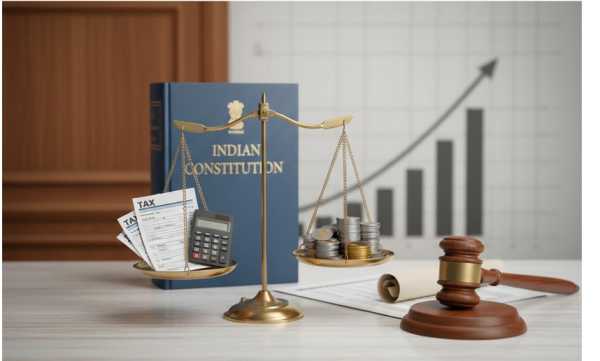


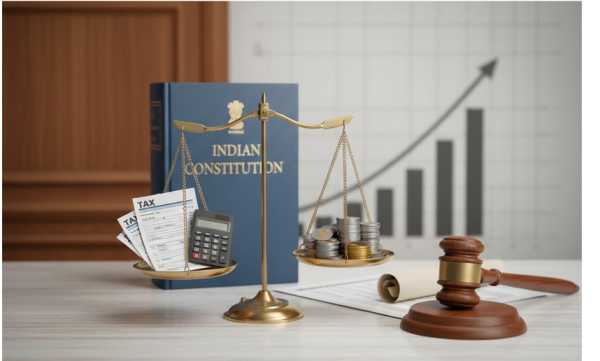




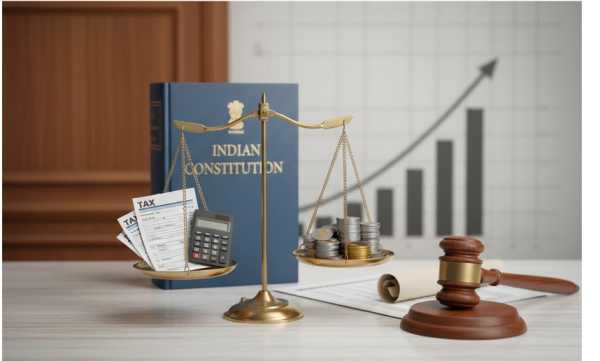

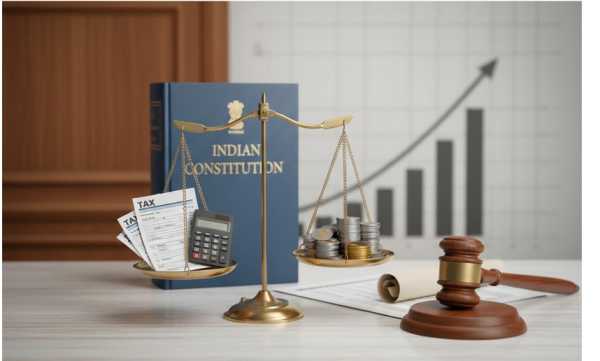

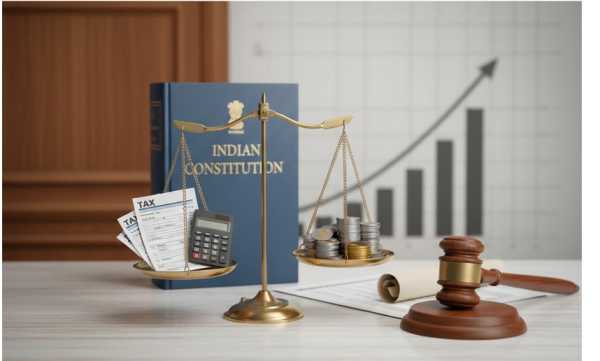
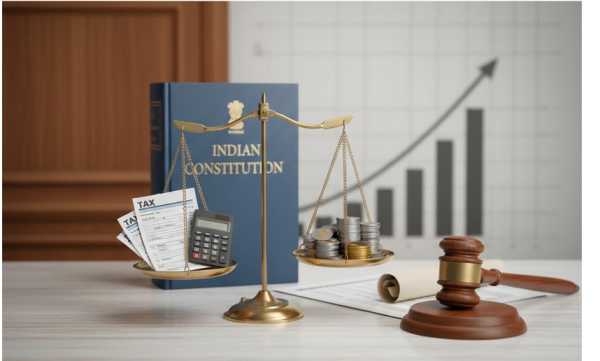
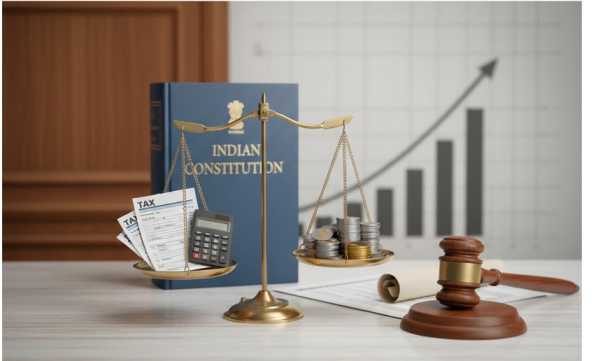
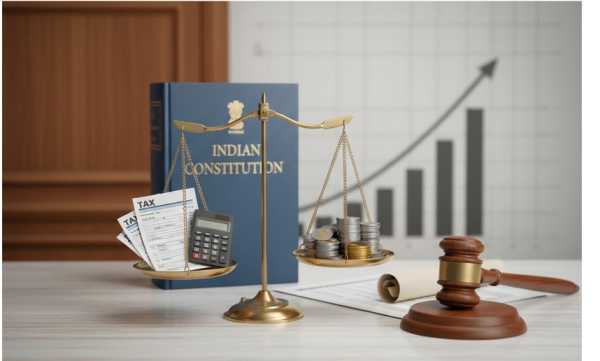
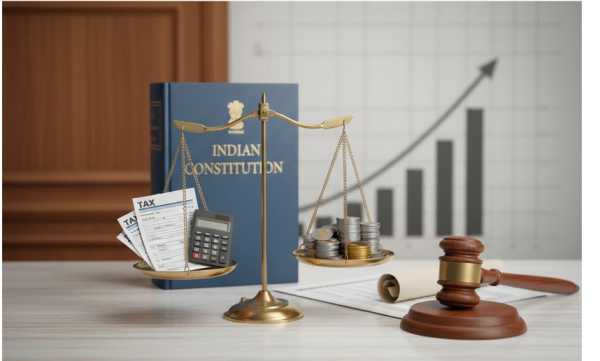

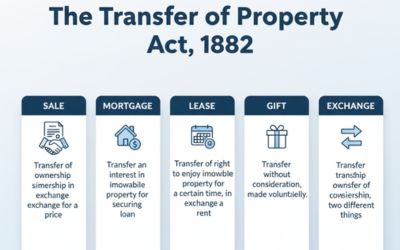
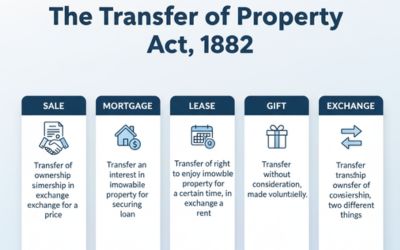

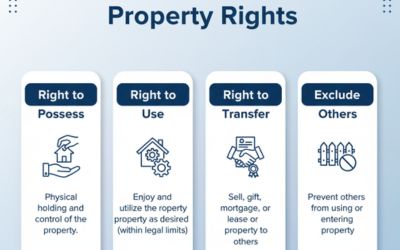

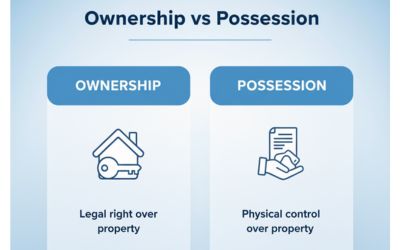
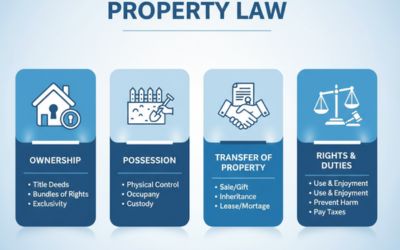

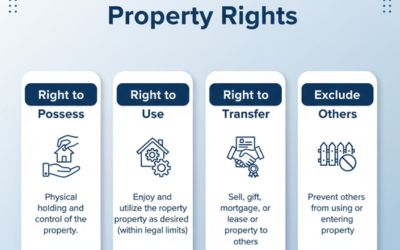
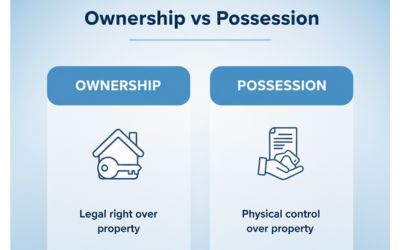
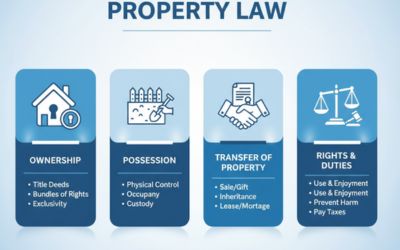
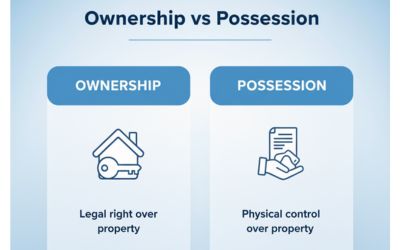
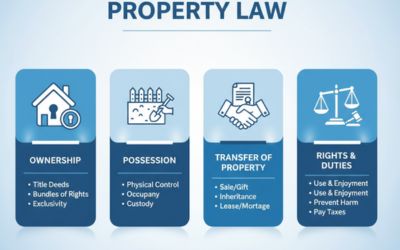
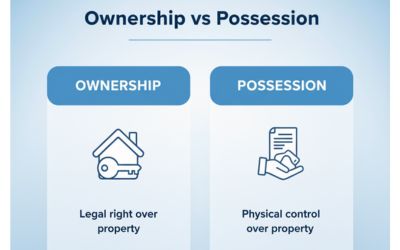

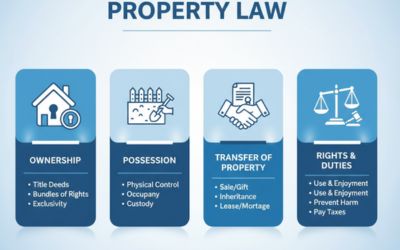

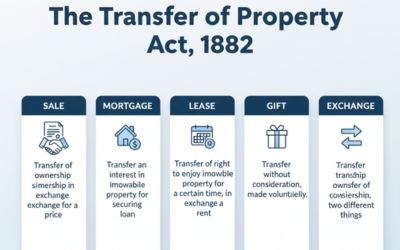
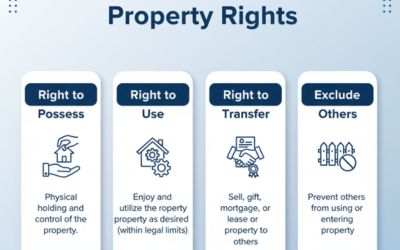
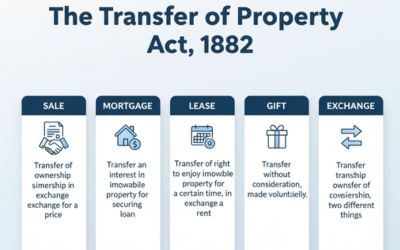
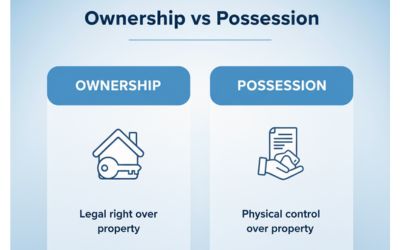
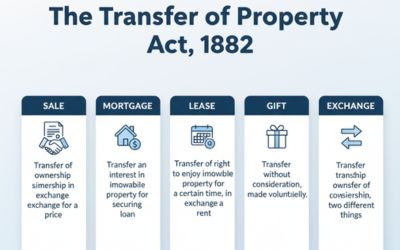


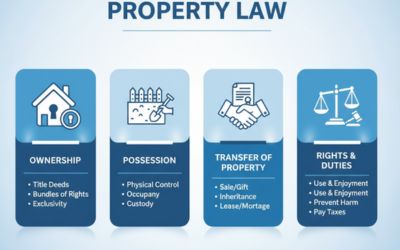
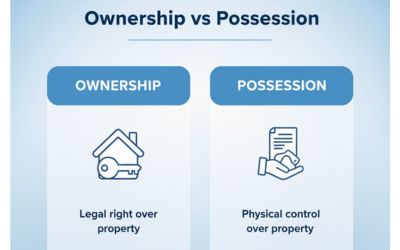
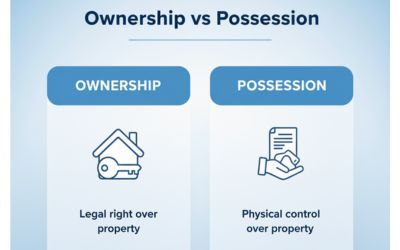
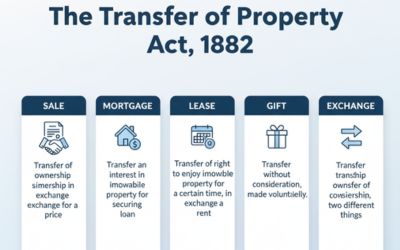
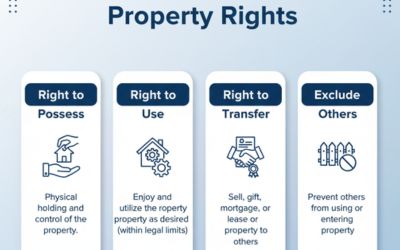
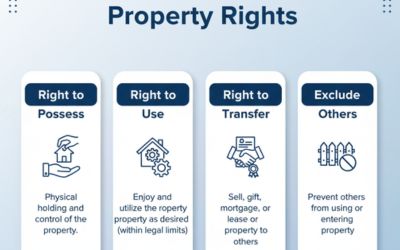
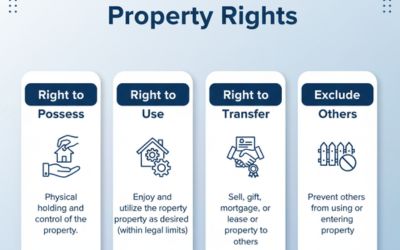
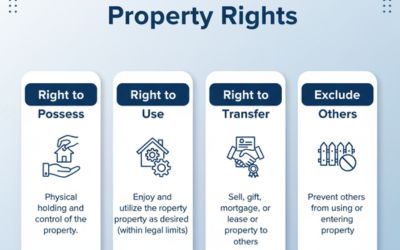


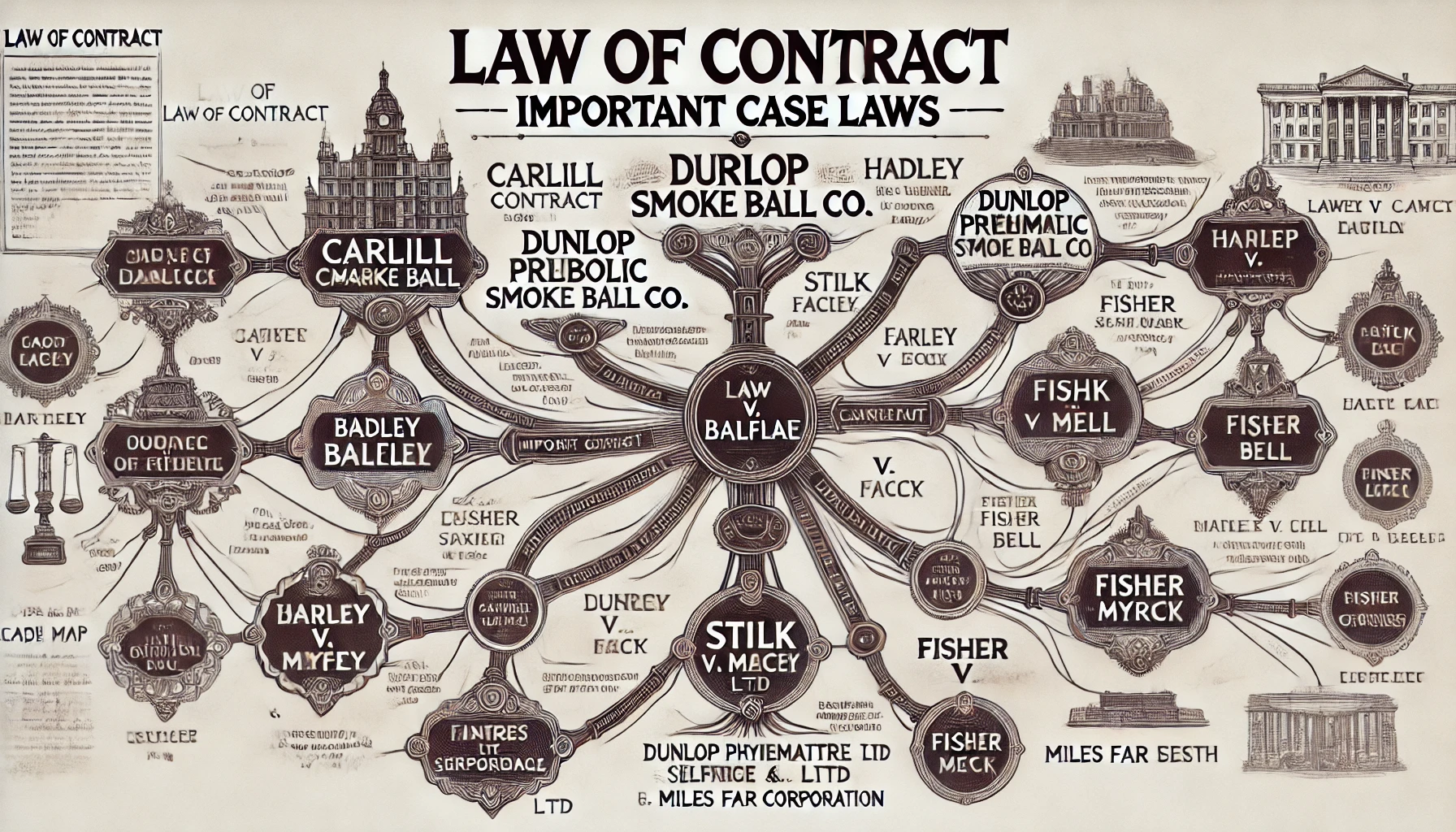



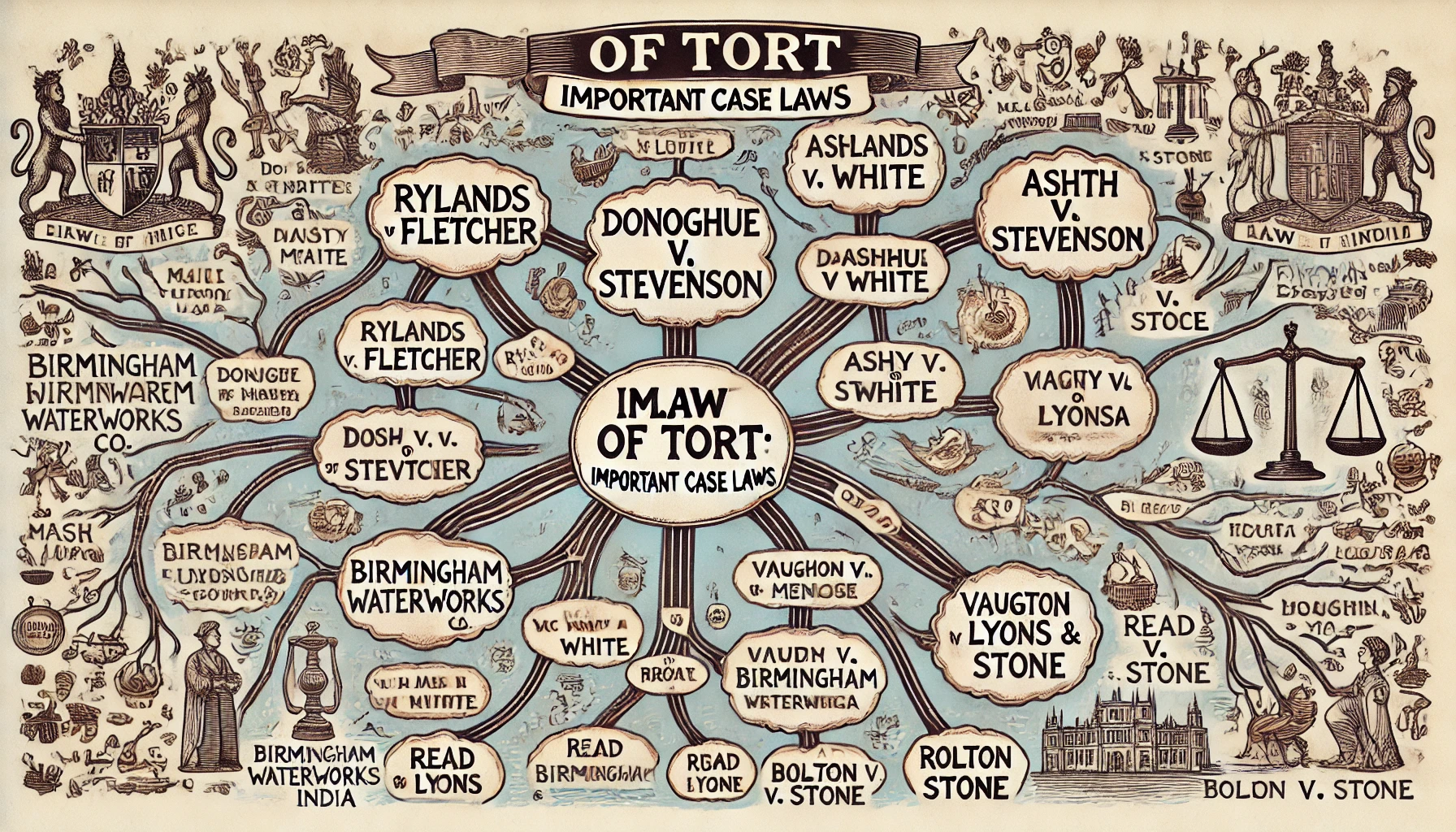
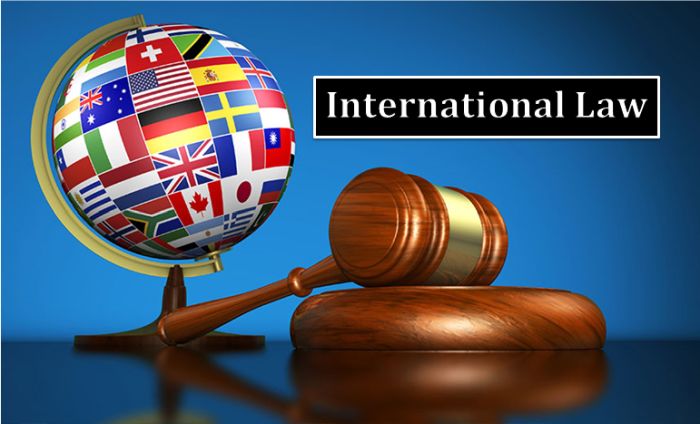




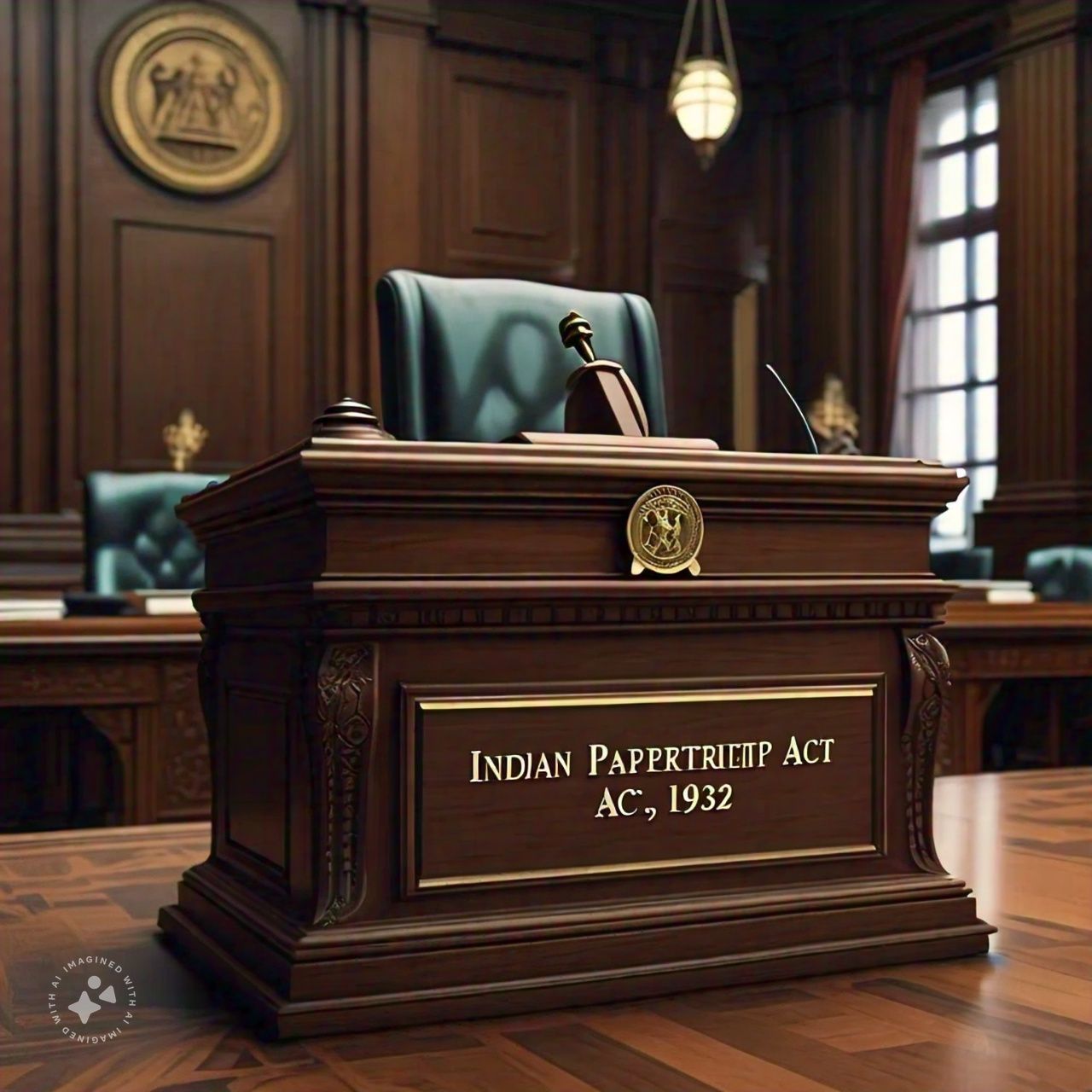



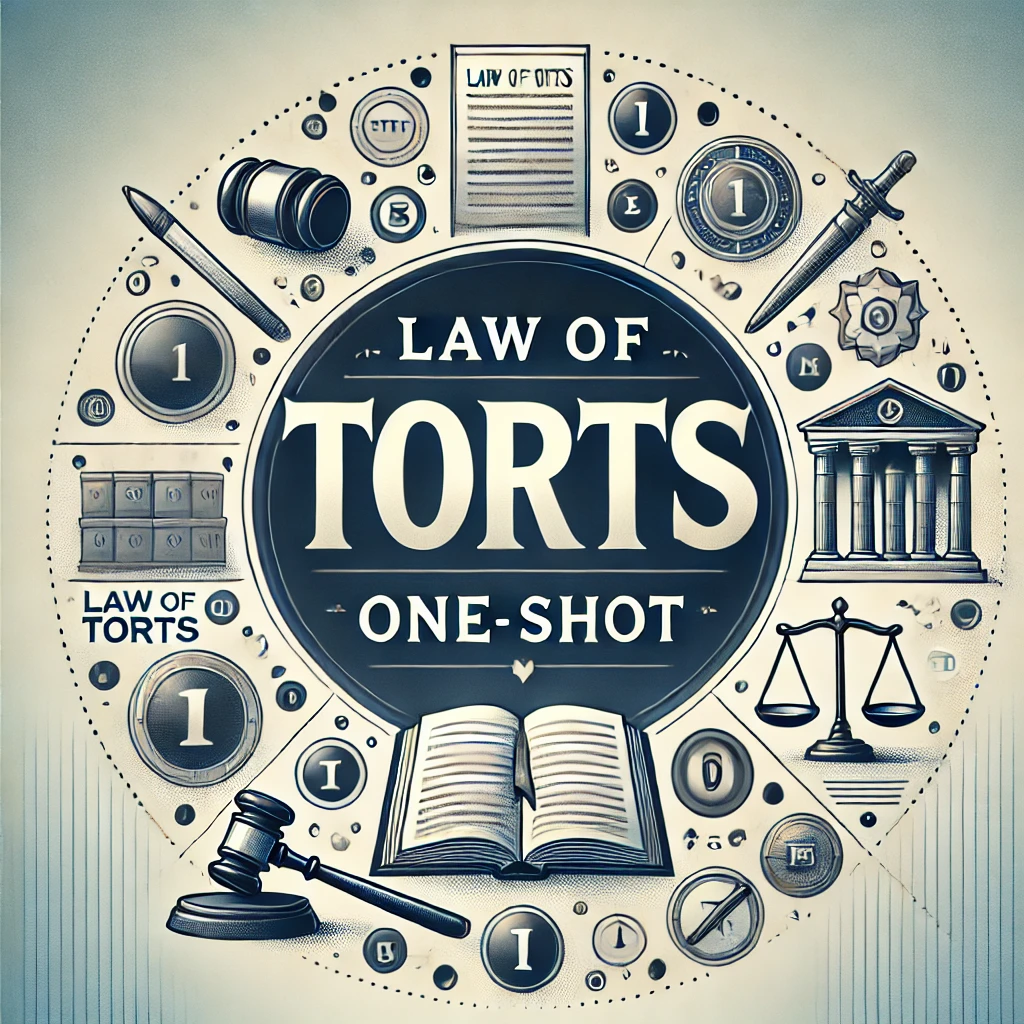

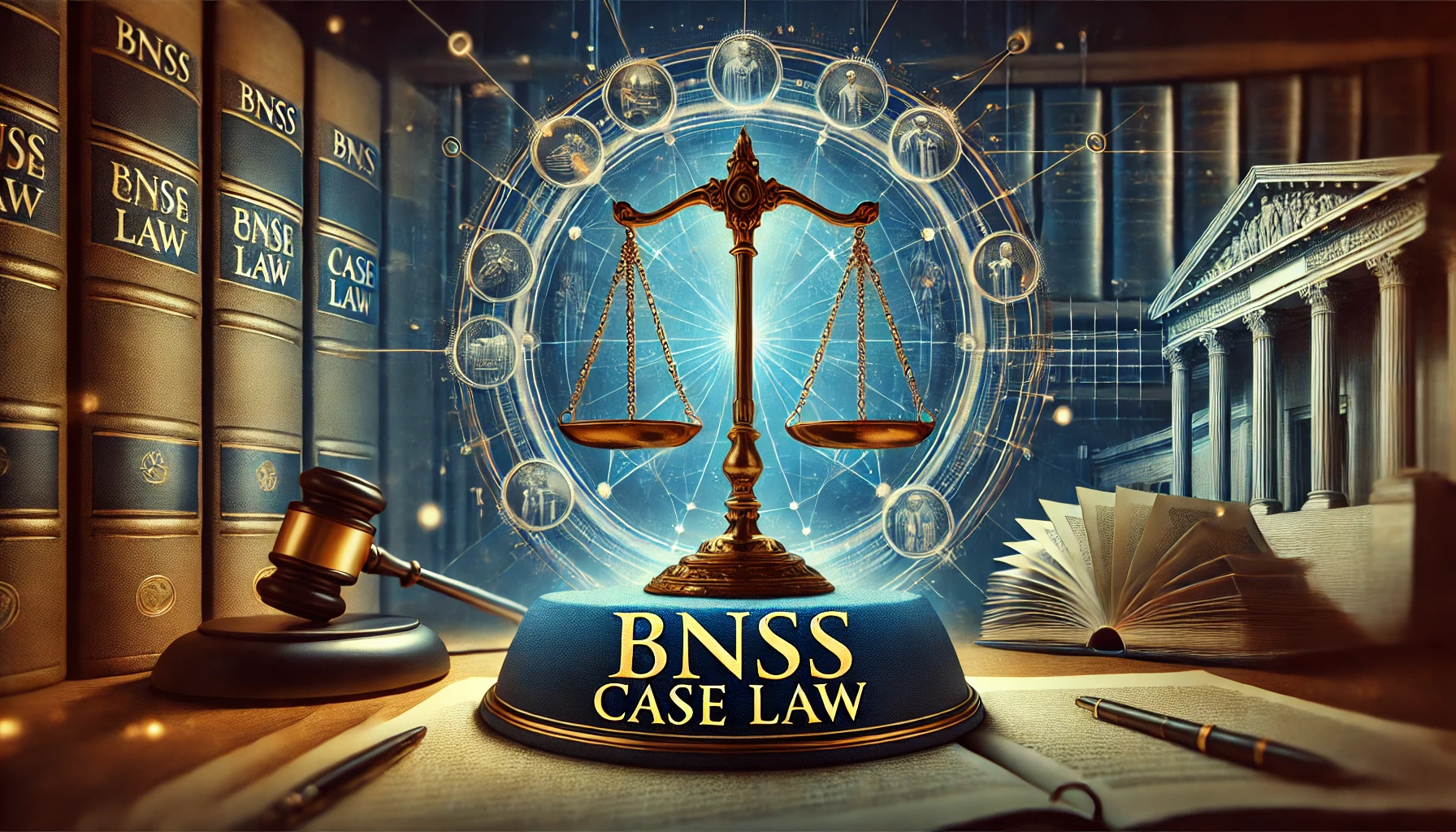
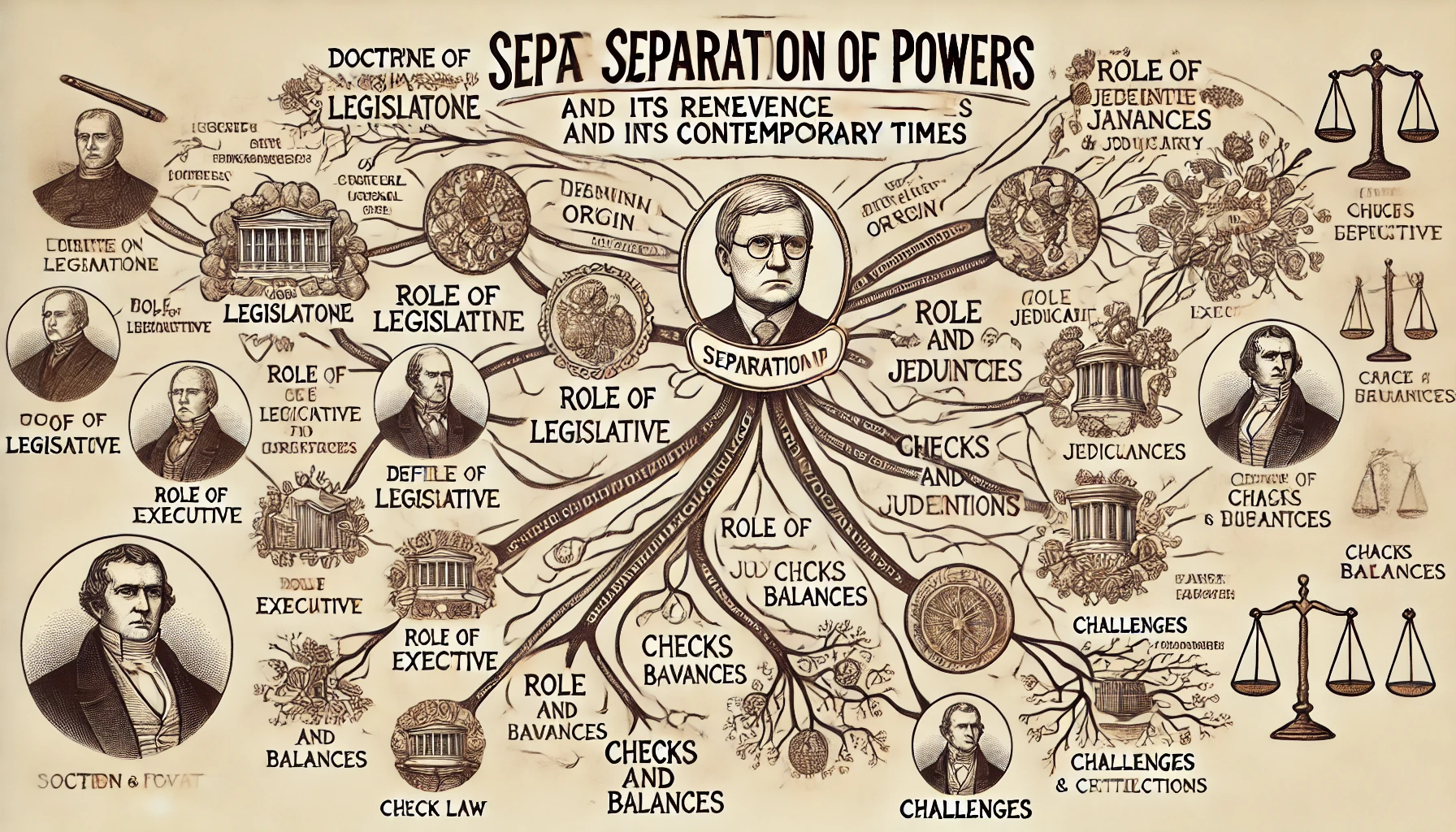



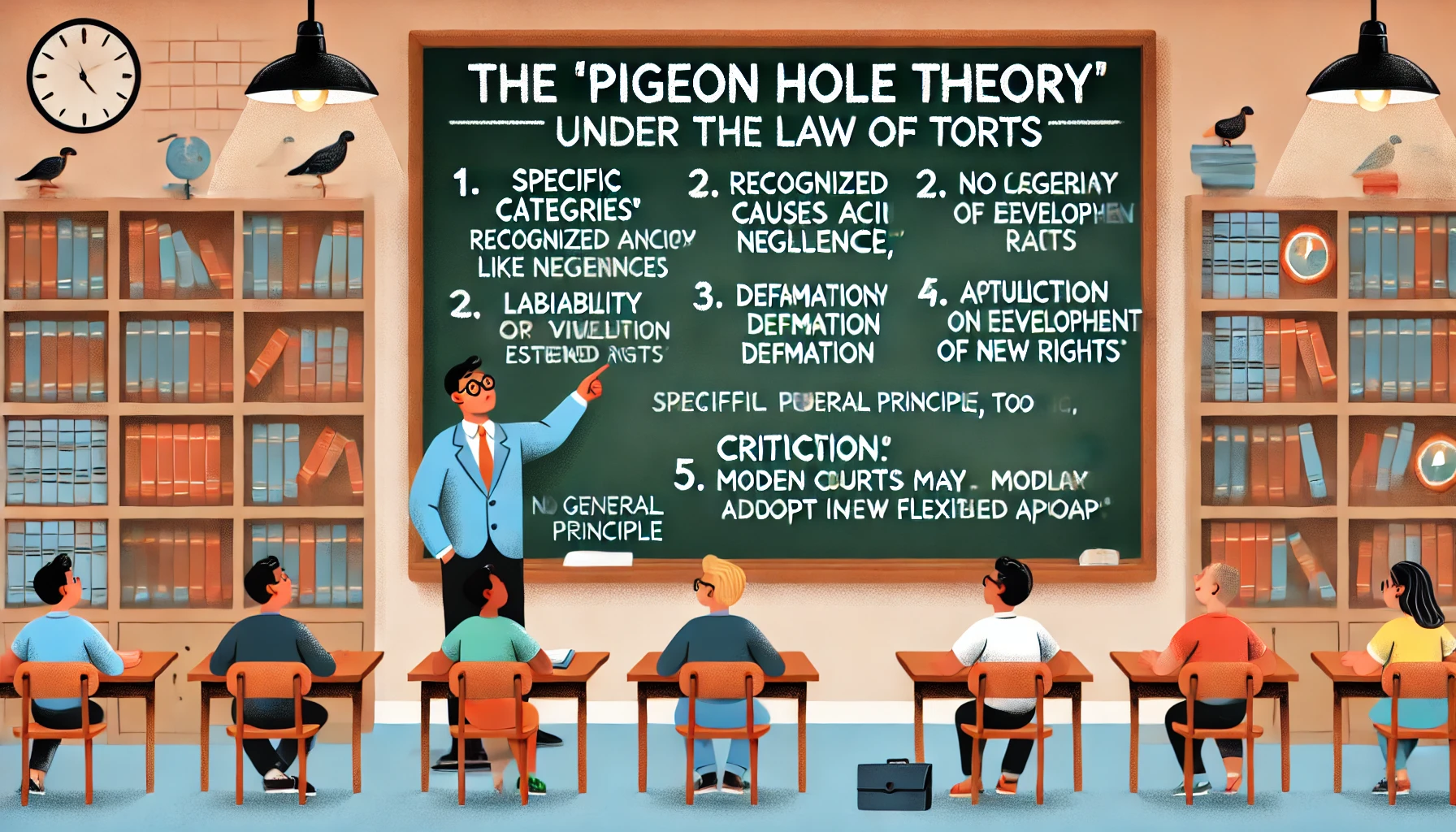


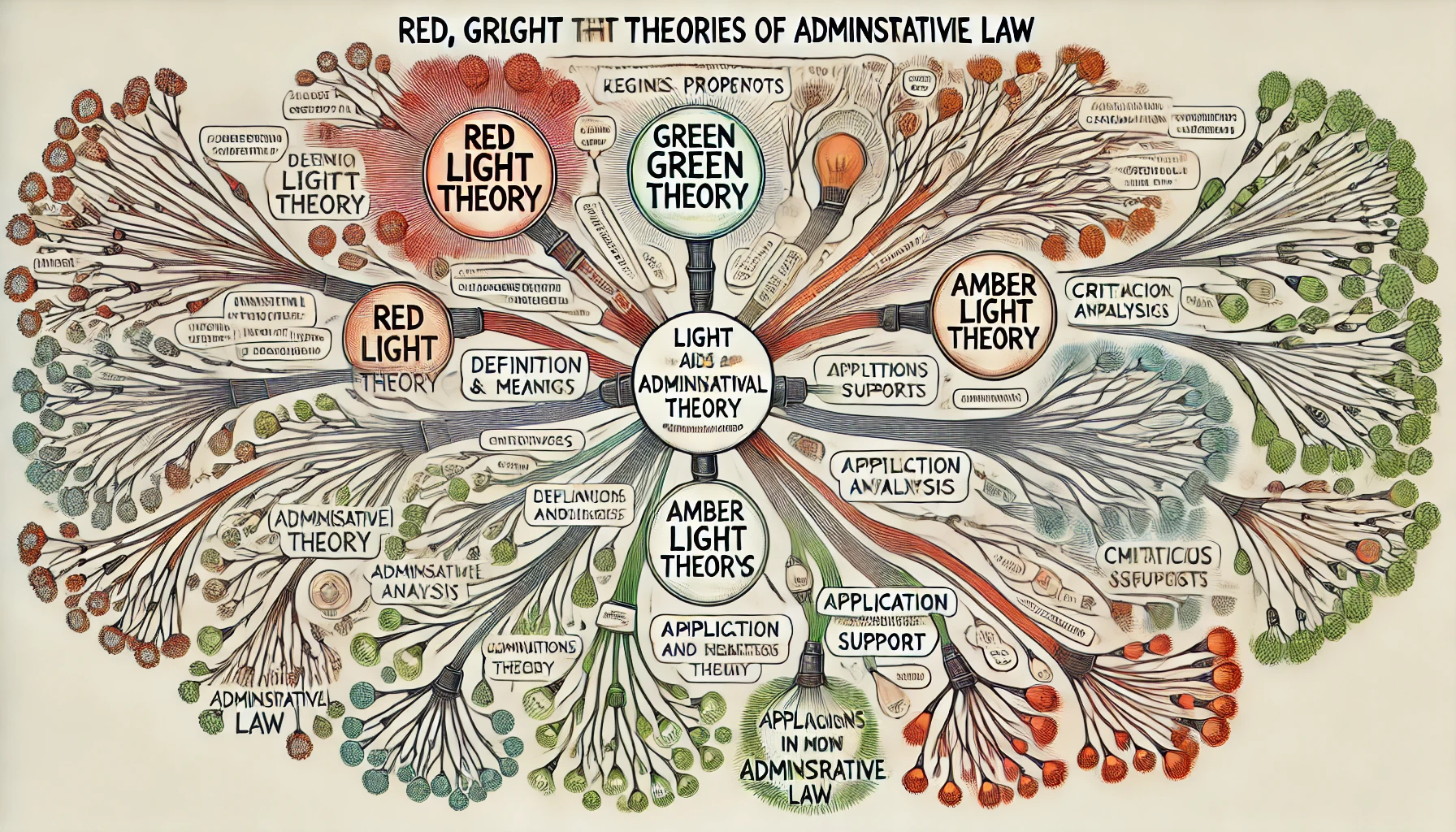

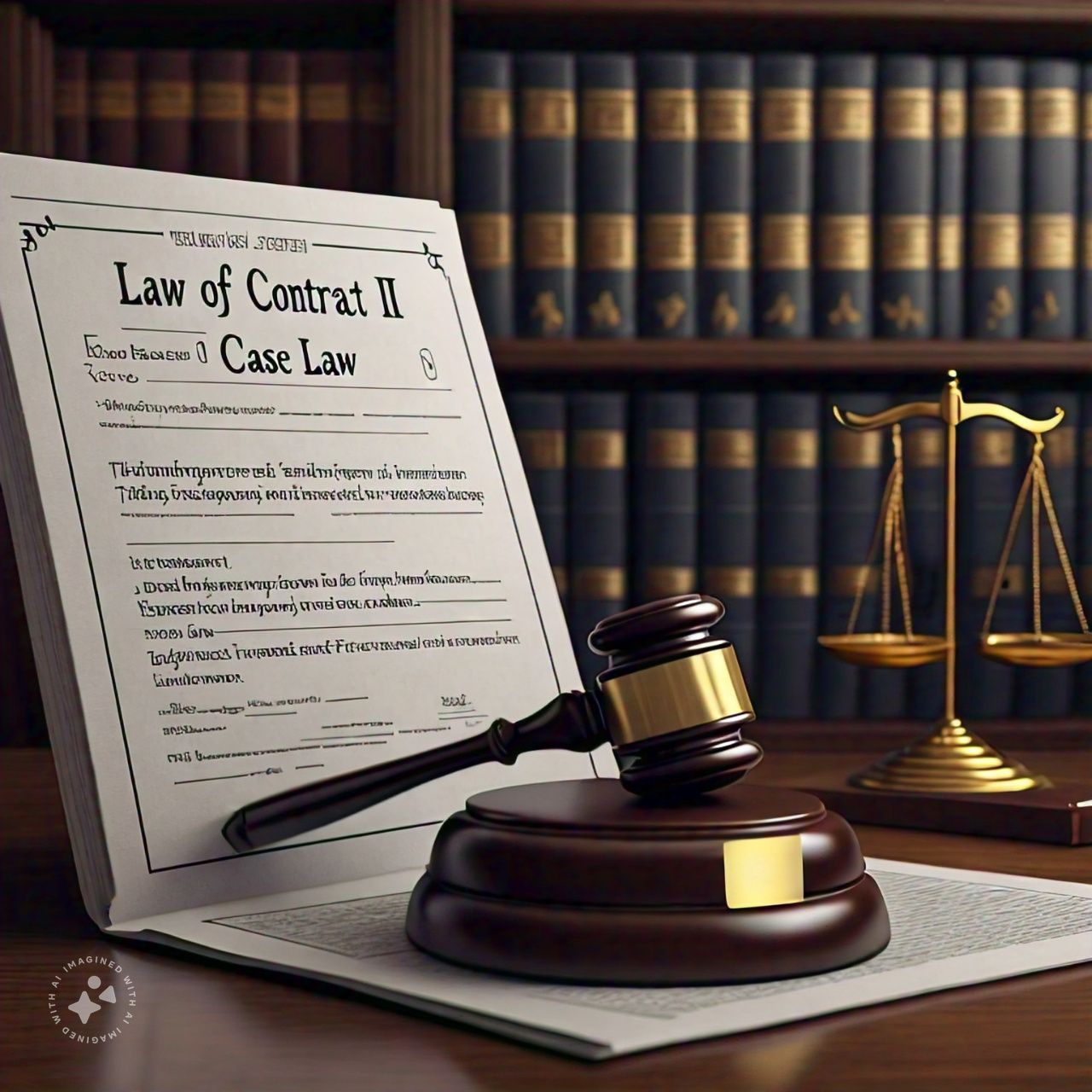
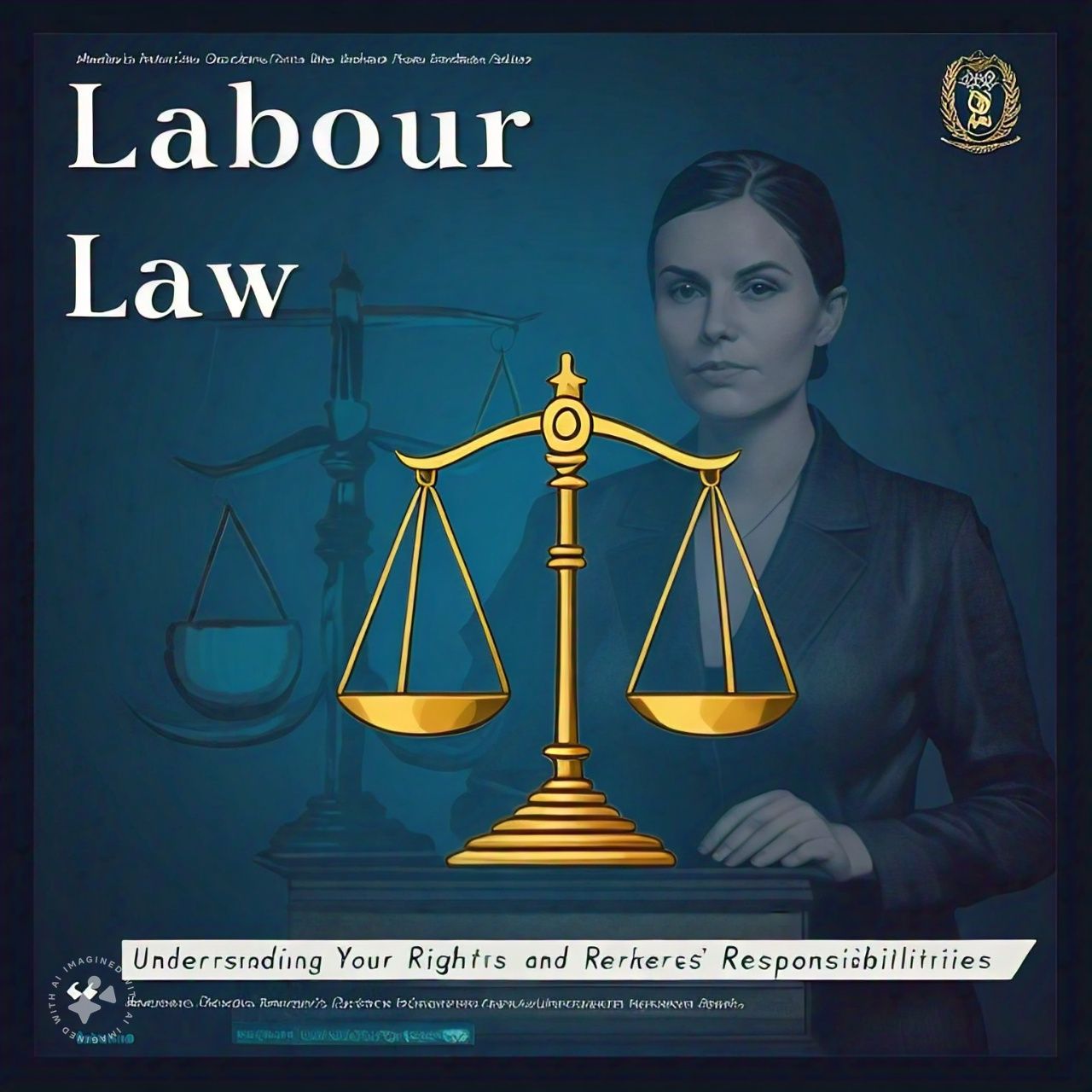
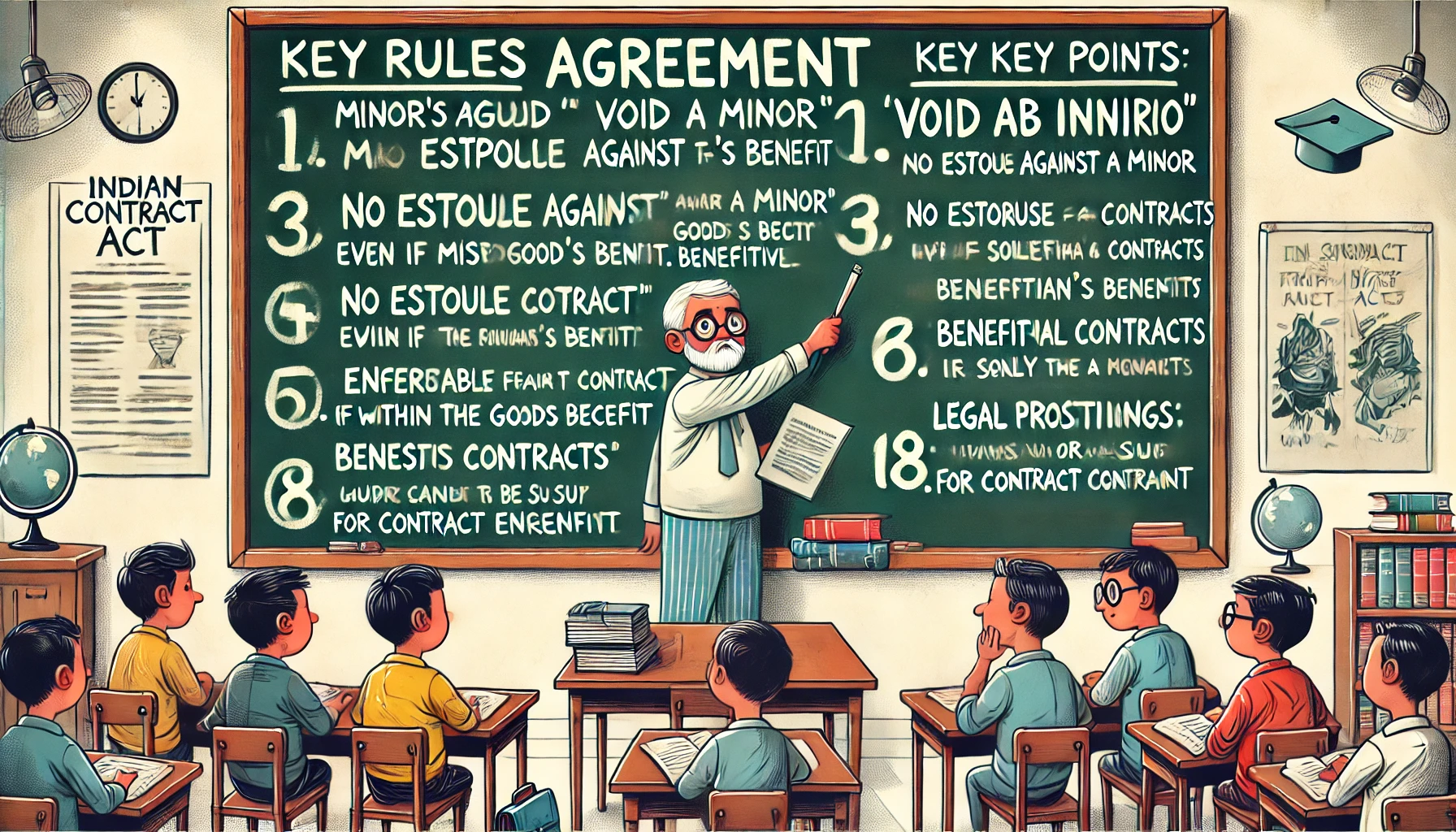
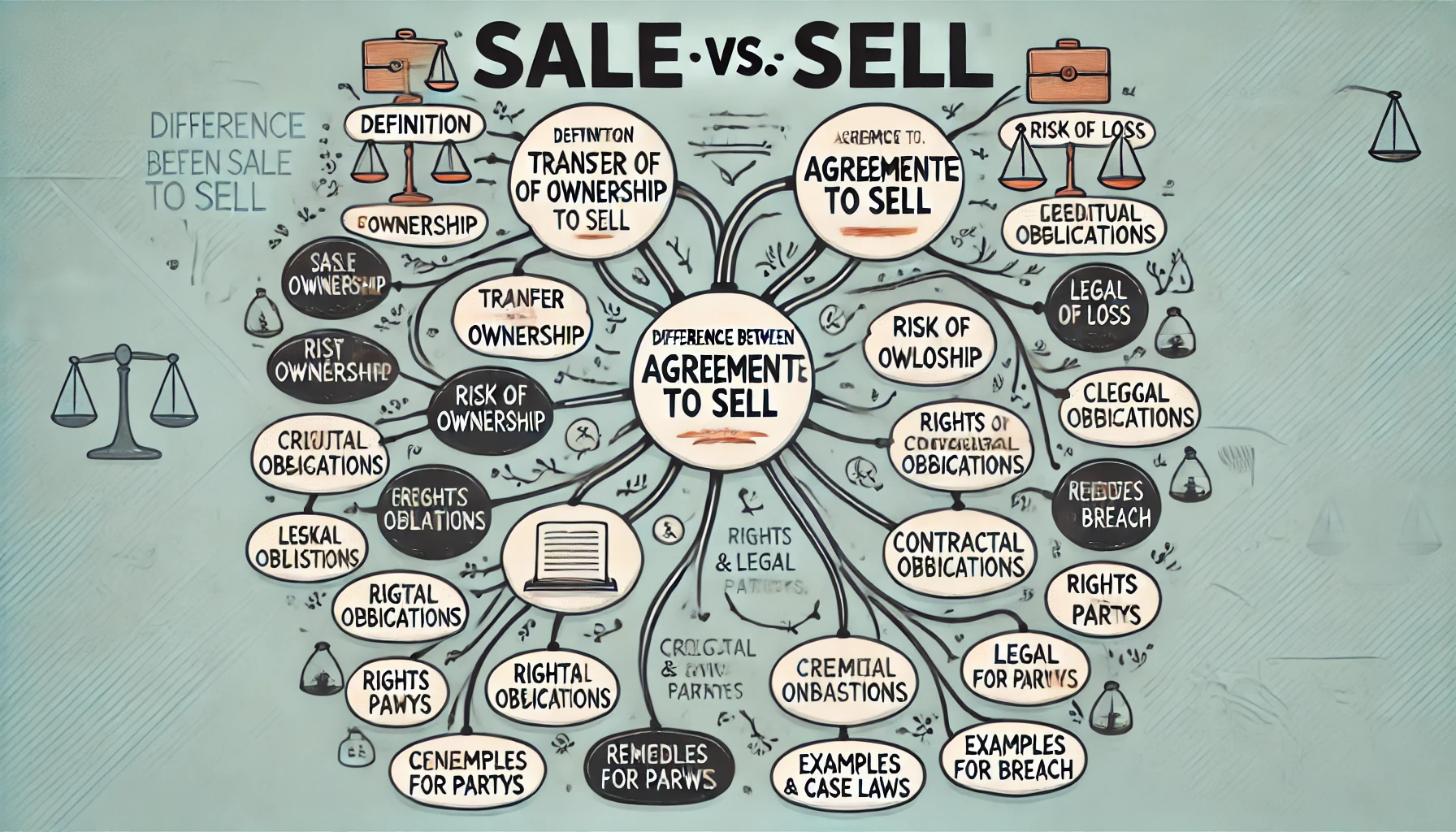


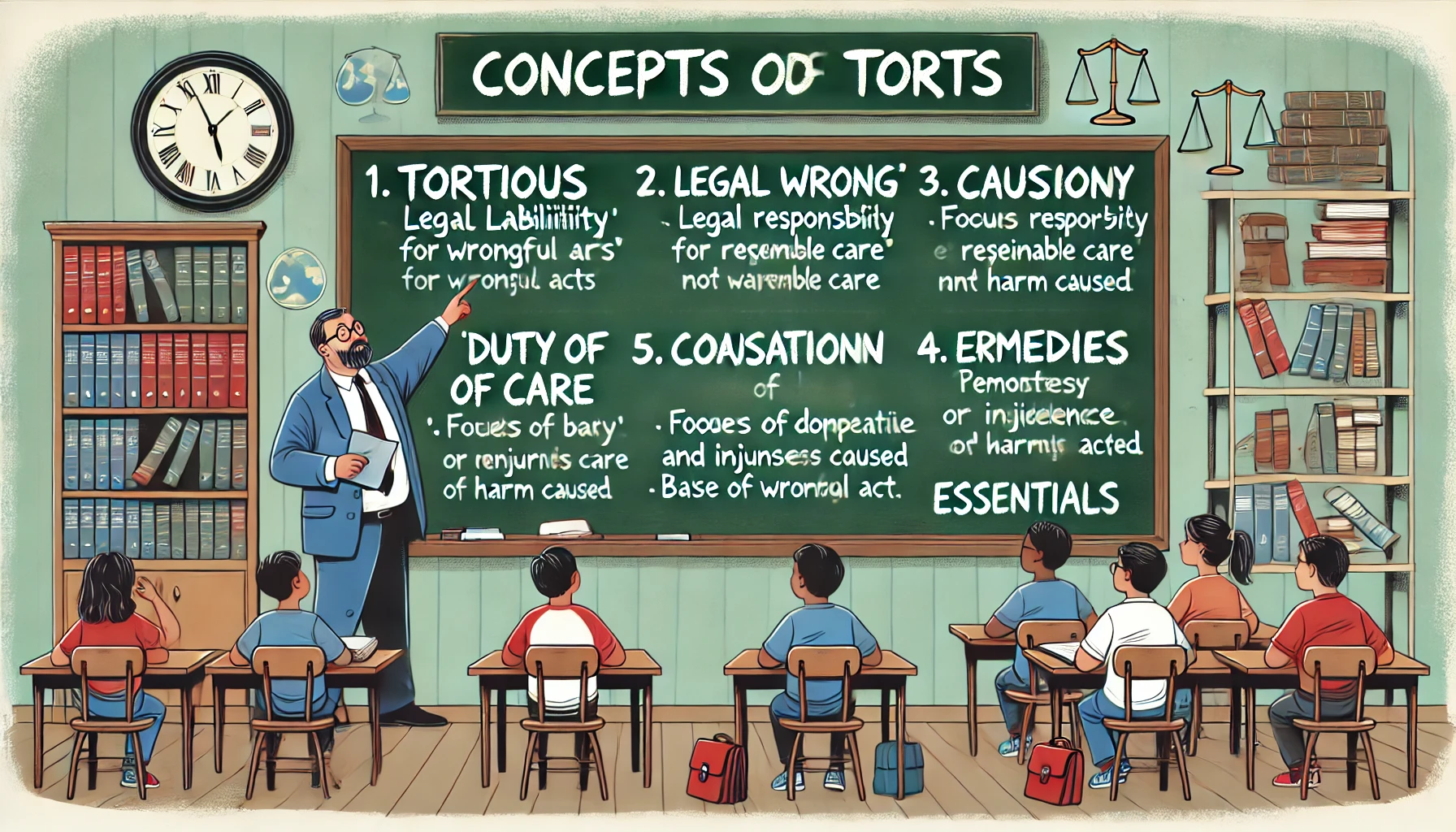
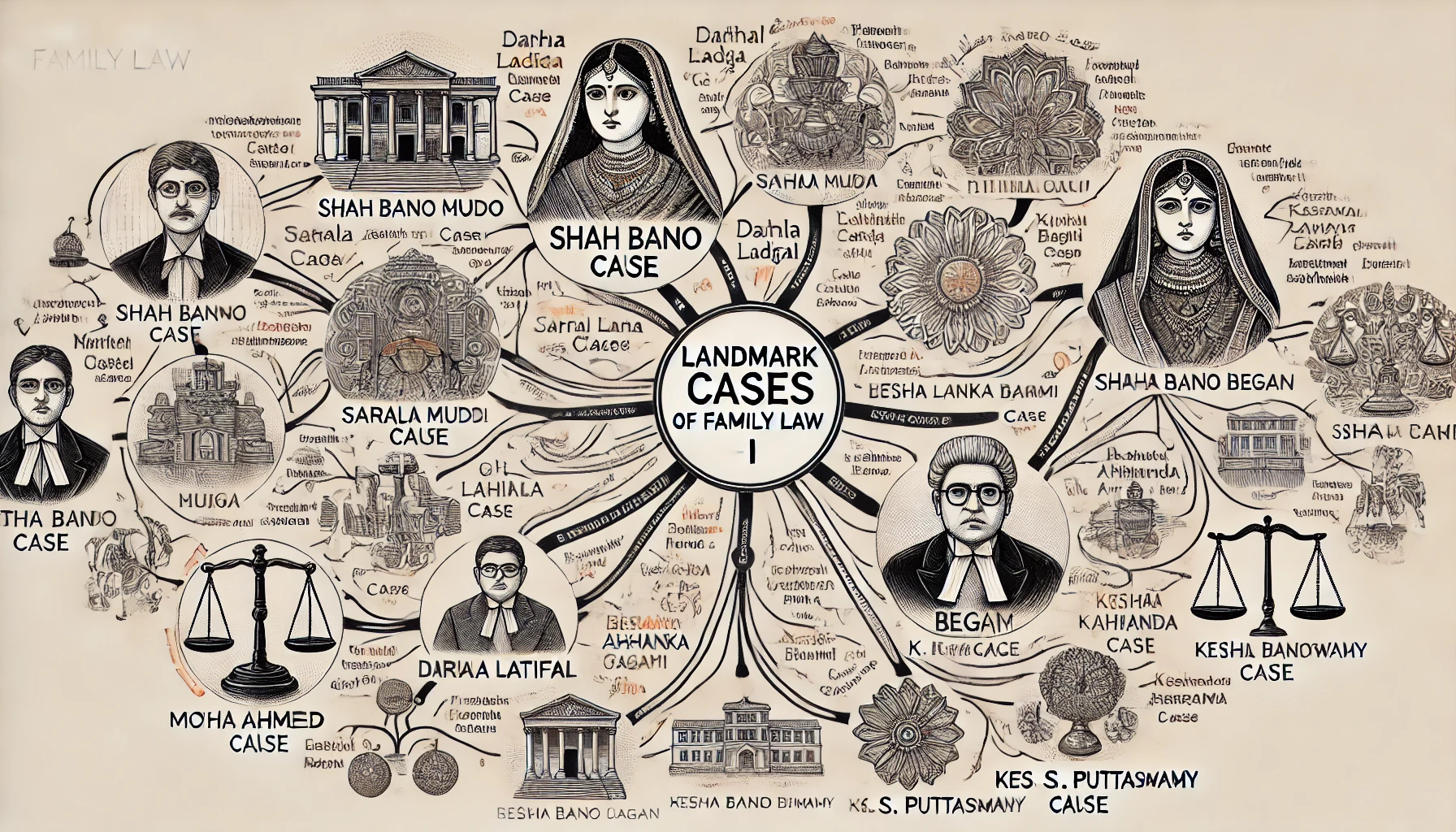


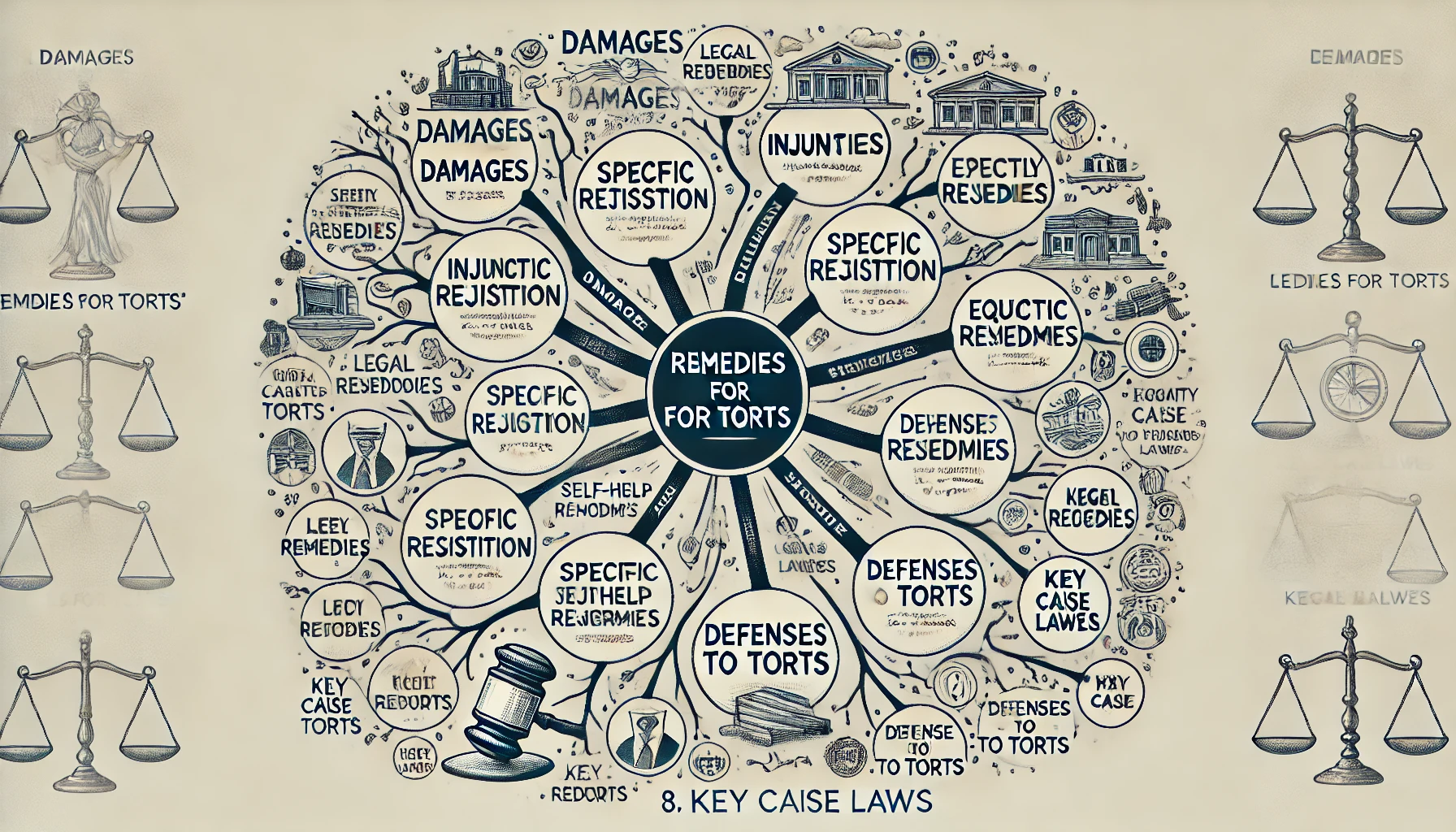
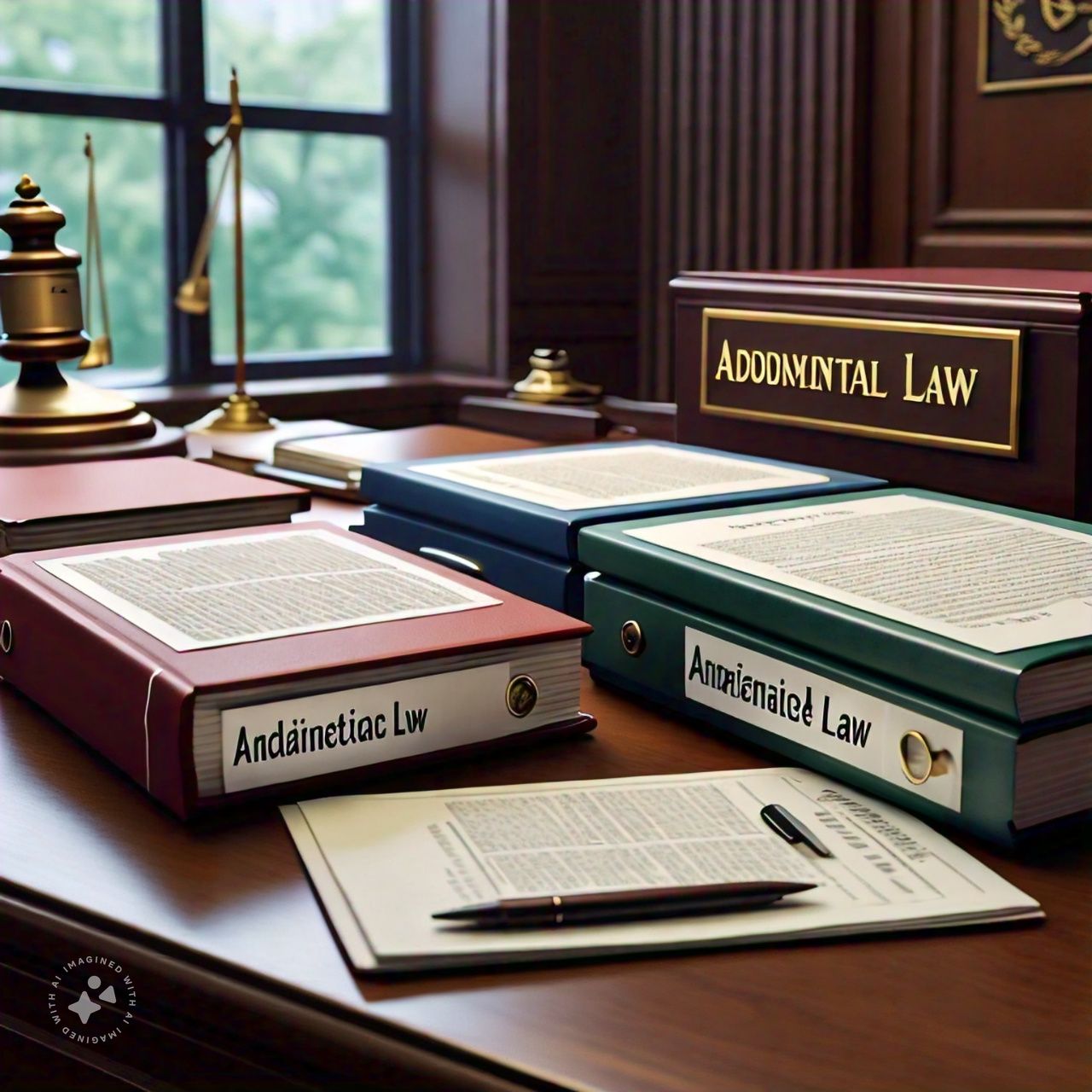



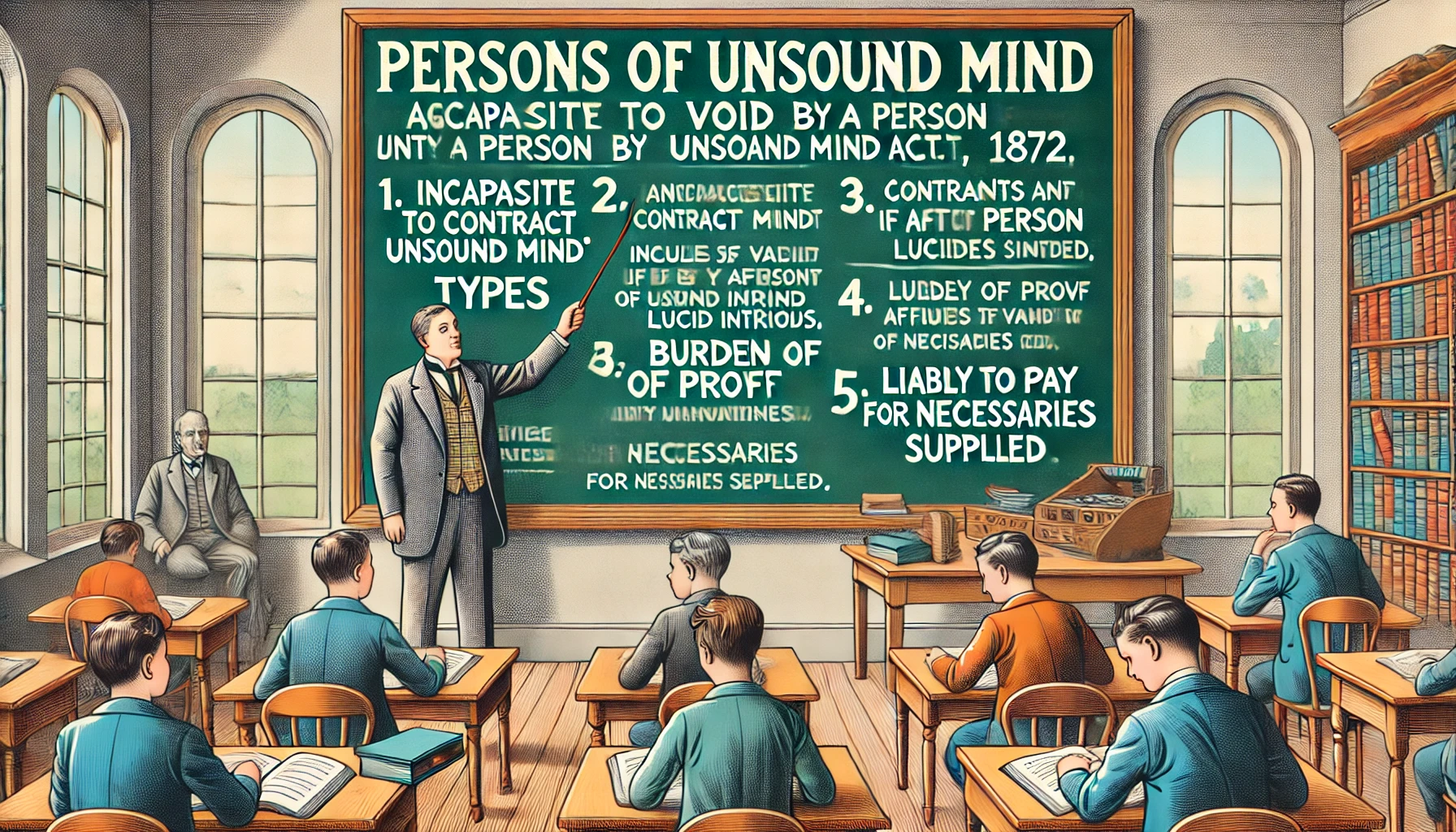
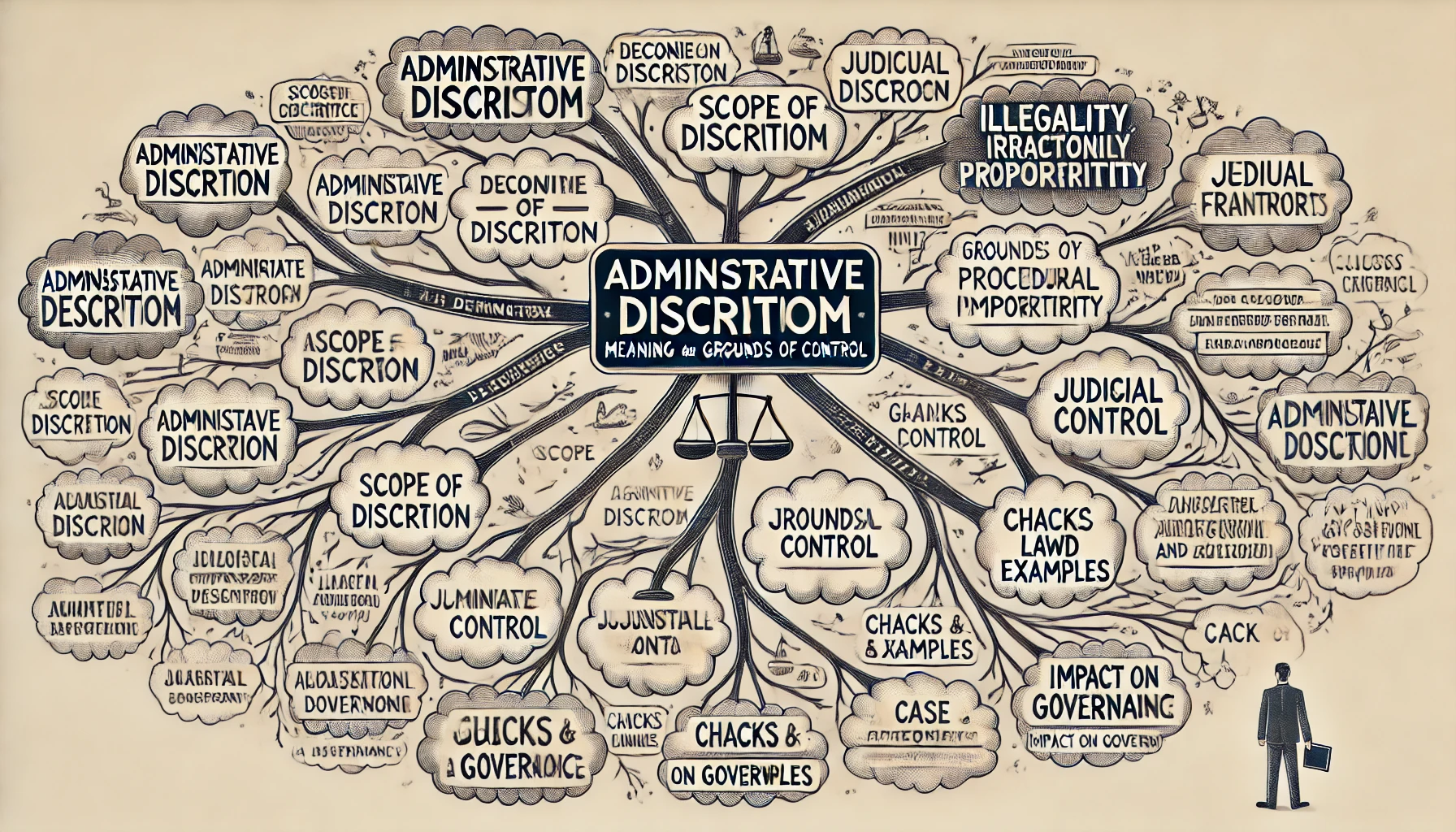
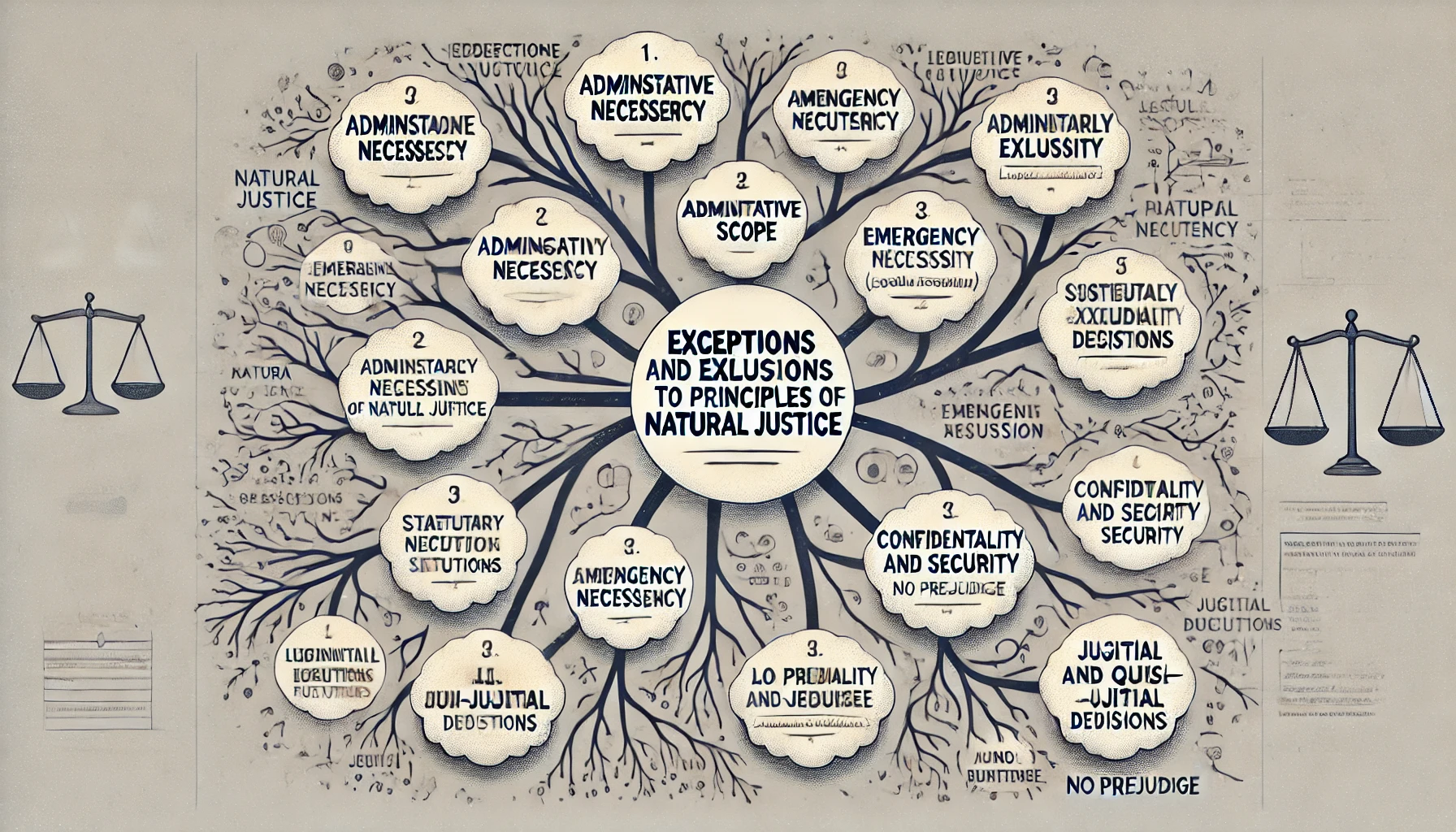






Comment
Nothing for now